Competition

A selection of Competition films from previous years

Ella Øverbye, Selome Emnetu
Drømmer | Dreams (Sex Love) by Dag Johan Haugerud
NOR 2024, Competition
© Motlys

Rose Byrne
If I Had Legs I’d Kick You by Mary Bronstein
USA 2024, Competition
© Logan White / © A24

Margaret Qualley, Ethan Hawke
Blue Moon by Richard Linklater
USA, IRL 2025, Competition
© Sabrina Lantos / Sony Pictures Classics
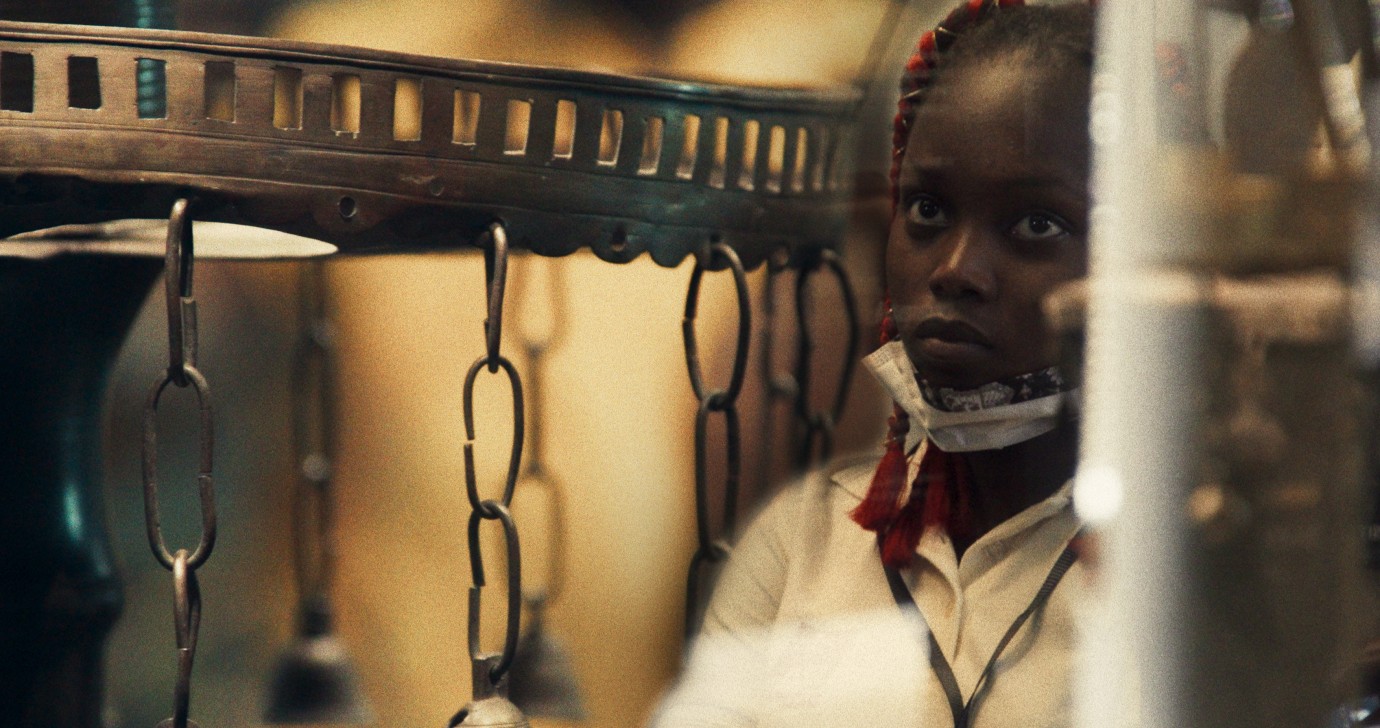
Dahomey by Mati Diop
FRA, SEN, BEN 2024, Competition
© Les Films du Bal - Fanta Sy
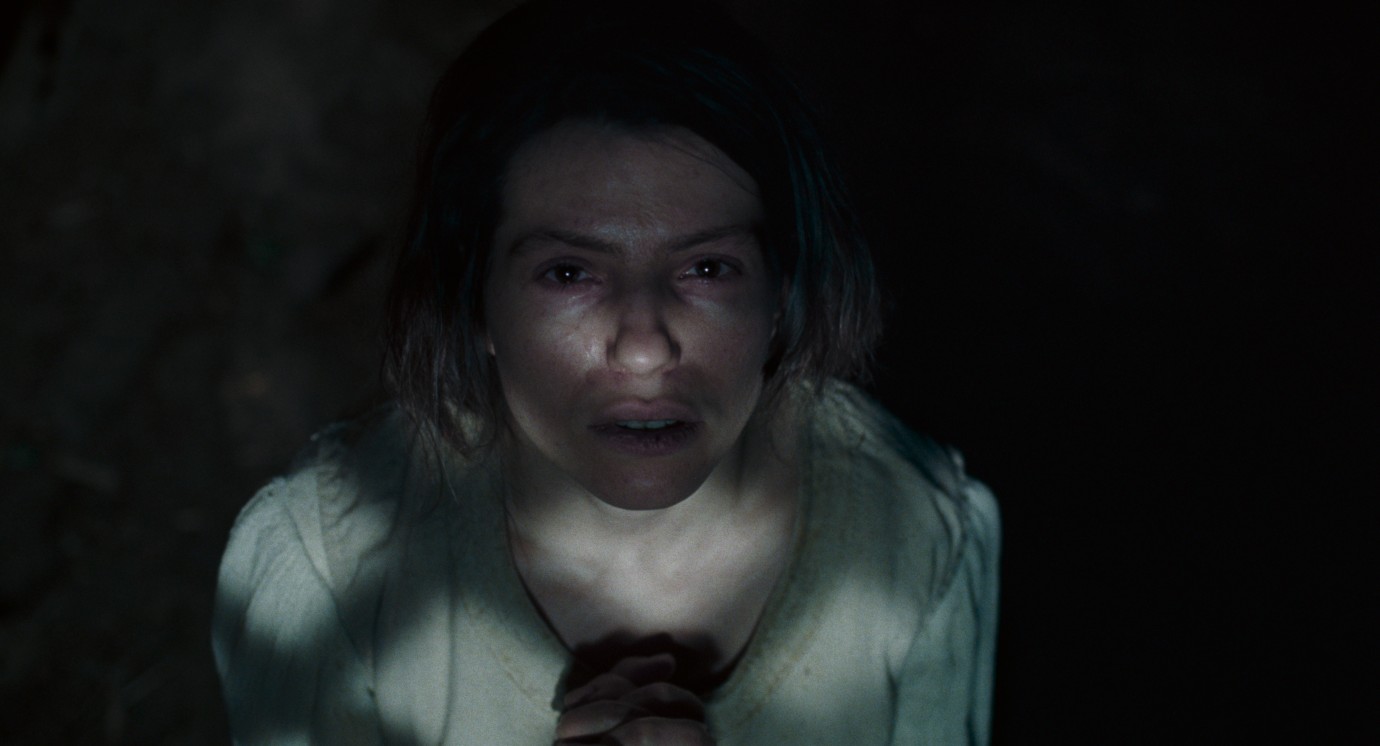
Anja Plaschg
Des Teufels Bad | The Devil’s Bath by Veronika Franz & Severin Fiala
AUT, DEU 2024, Competition
© Ulrich Seidl Filmproduktion / Heimatfilm

Greta Lee, Teo Yoo
Past Lives by Celine Song
USA 2022, Competition
© Jon Pack
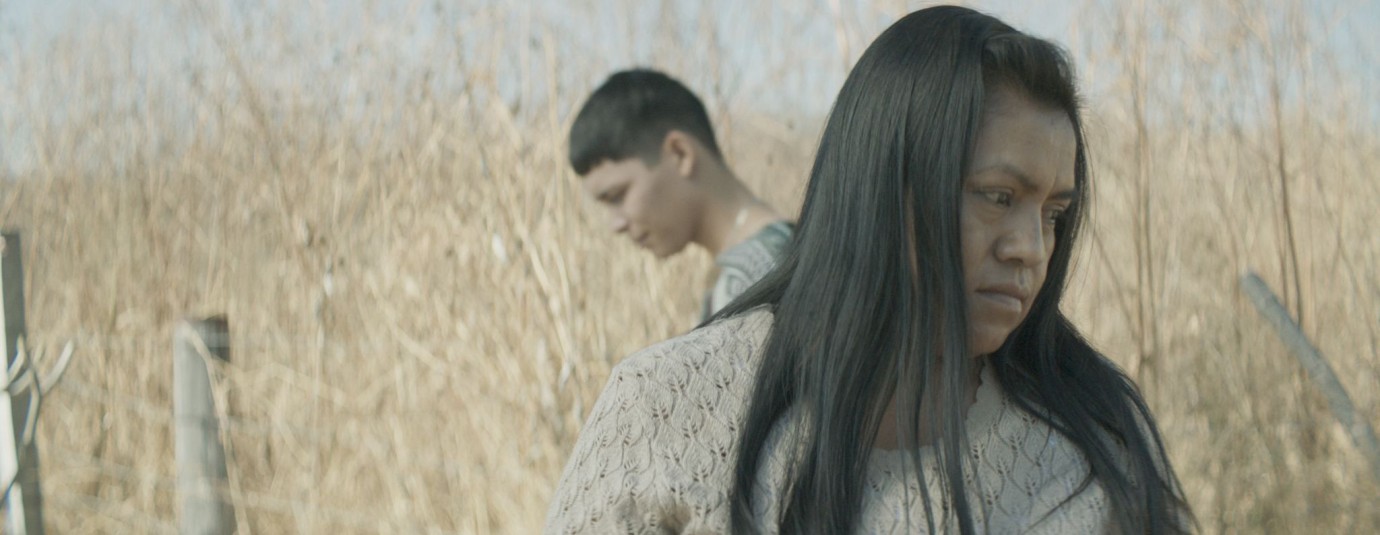
Antonia Olivares, Daniel García
Robe of Gems by Natalia López Gallardo
MEX, ARG, USA 2022, Competition
© Visit Films
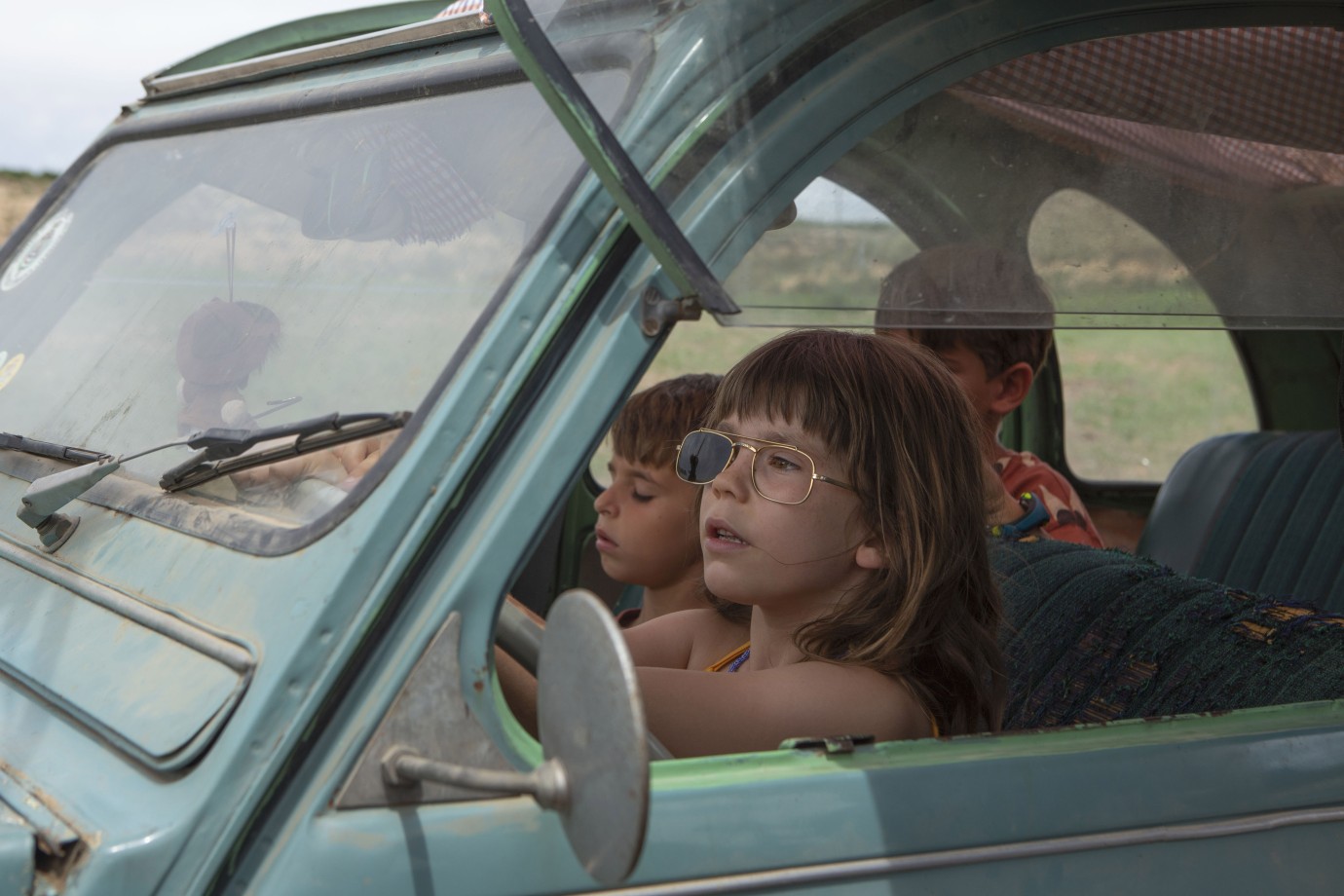
Joel Rovira, Ainet Jounou, Isaac Rovira
Alcarràs by Carla Simón
ESP, ITA 2022, Competition
© LluisTudela
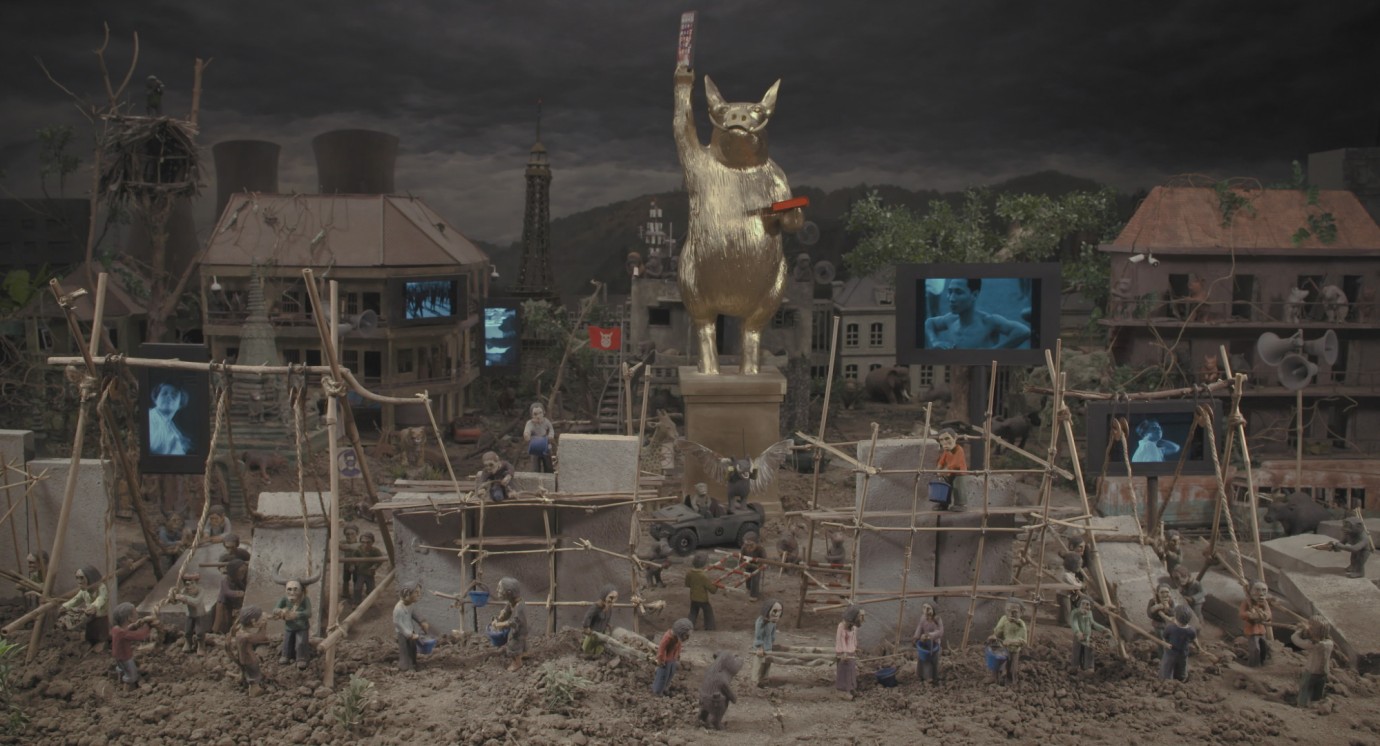
Everything Will Be Ok by Rithy Panh
FRA, KHM 2021, Competition
© CDP, Anupheap Production
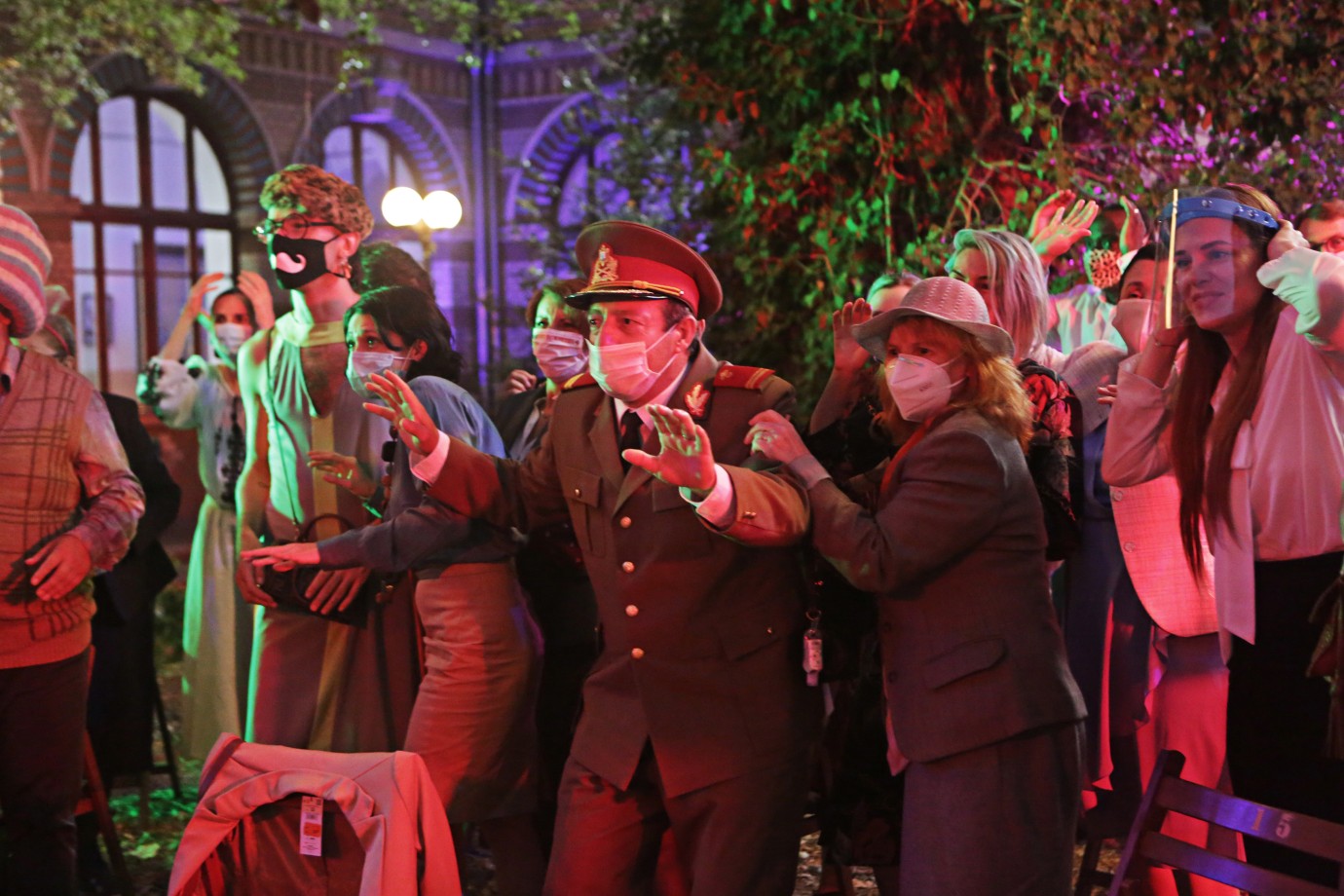
Paul Dunca / Paula Dunker, Nicoleta Lefter, Nicodim Ungureanu, Ana Ciontea, Petra Nesvačilová
Babardeală cu bucluc sau porno balamuc | Bad Luck Banging or Loony Porn by Radu Jude
ROU, LUX, HRV, CZE 2021, Competition
© Silviu Ghetie / Micro Film 2021

Baran Rasoulof
Sheytan vojud nadarad | There Is No Evil | Es gibt kein Böses by Mohammad Rasoulof
DEU, CZE, IRN 2020, Competition
© Cosmopol Film

Taxi by Jafar Panahi
IRN 2015, Competition
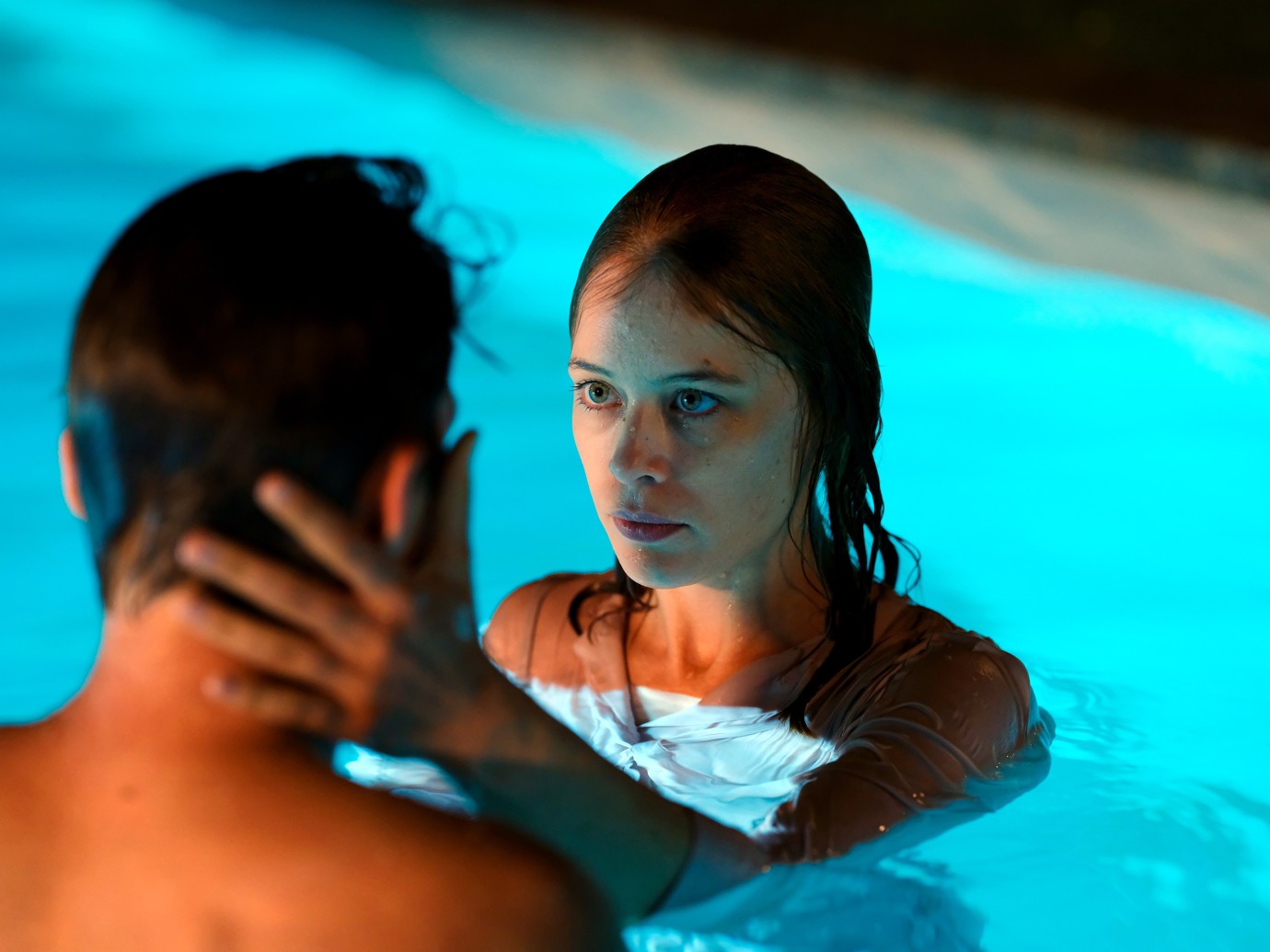
Paula Beer
Undine by Christian Petzold
DEU, FRA 2020, Competition
© Christian Schulz/Schramm Film

Helena Zengel
Systemsprenger | System Crasher by Nora Fingscheidt
DEU 2019, Competition
© kineo Film / Weydemann Bros. / Yunus Roy Imer

Ana Brun, Margarita Irún
Las herederas | The Heiresses by Marcelo Martinessi
PRY/URY/DEU/BRA/NOR/FRA 2018, Competition
© lababosacine

Isle of Dogs | Isle of Dogs – Ataris Reise by Wes Anderson
GBR/DEU 2018, Competition
© 2017 Twentieth Century Fox

Sherwan Haji, Nuppu Koivu, Janne Hyytiäinen, Sakari Kuosmanen, Ilkka Koivula
Toivon tuolla puolen | The Other Side of Hope | Die andere Seite der Hoffnung by Aki Kaurismäki
FIN/DEU 2017, Competition
Malla Hukkanen © Sputnik Oy
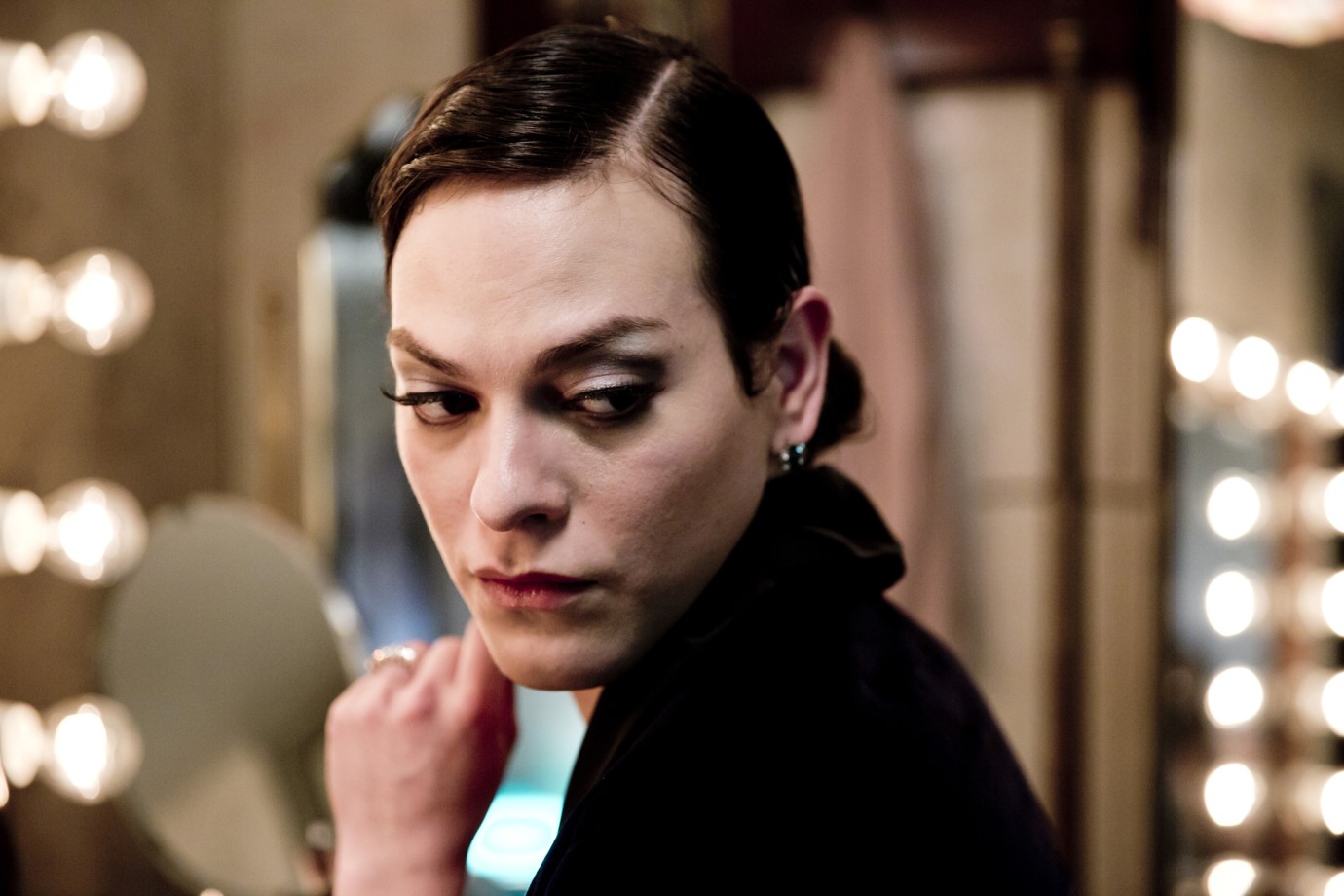
Daniela Vega
Una mujer fantástica | A Fantastic Woman by Sebastián Lelio
CHL/USA/DEU/ESP 2017, Competition
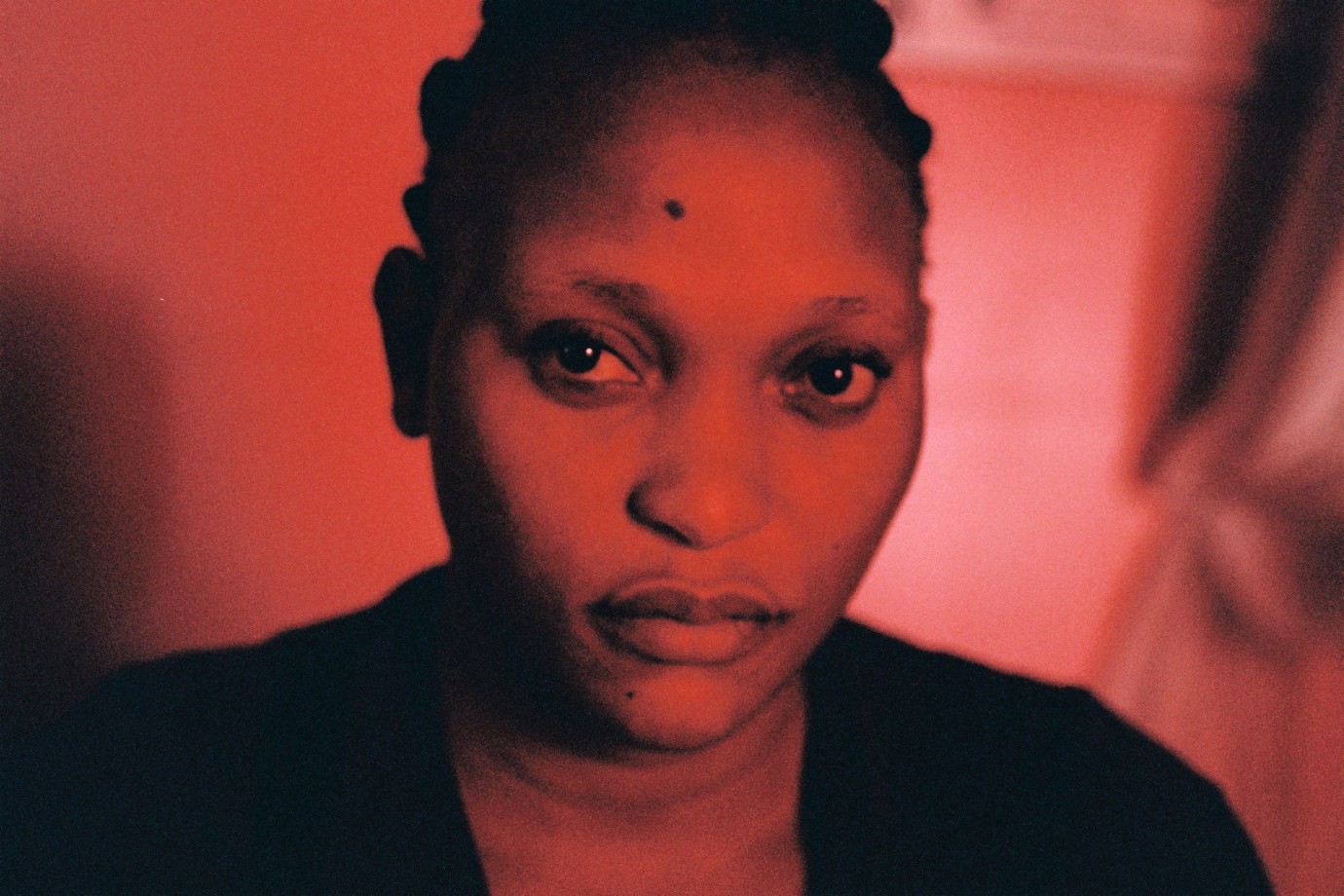
Véro Tshanda Beya
Félicité by Alain Gomis
FRA/SEN/BEL/DEU/LBN 2017, Competition
© Celine Bozon
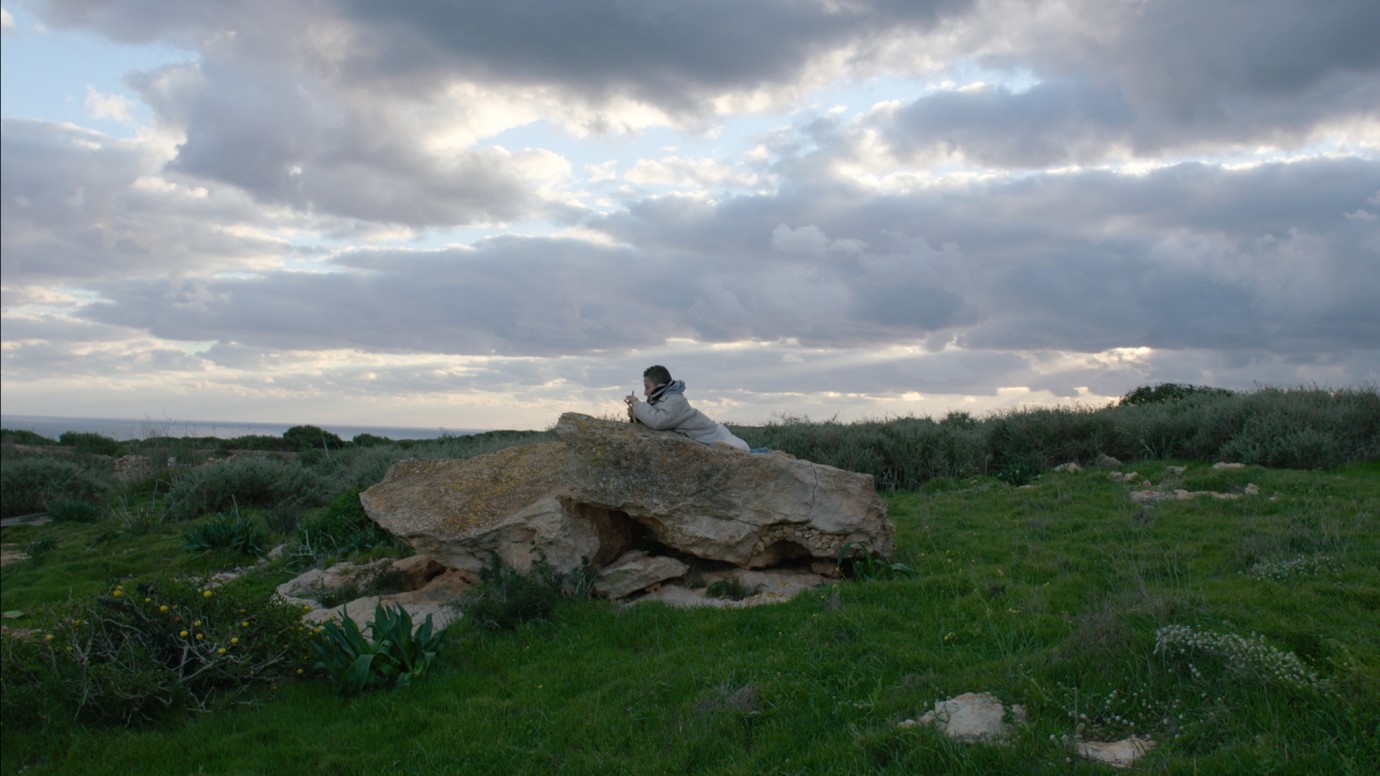
Samuele Pucillo
Fuocoammare | Fire at Sea by Gianfranco Rosi
ITA/FRA 2015, Competition
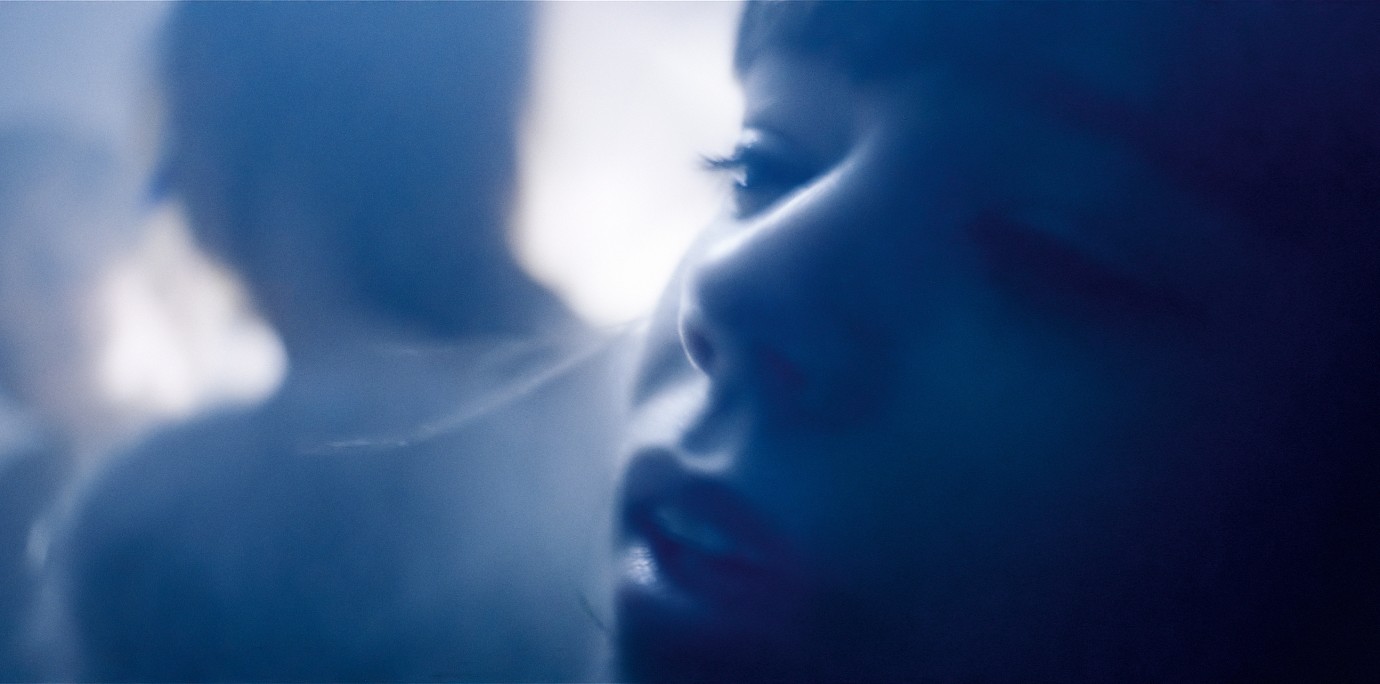
Laia Costa
Victoria by Sebastian Schipper
DEU 2015, Competition
© Senator Film Verleih
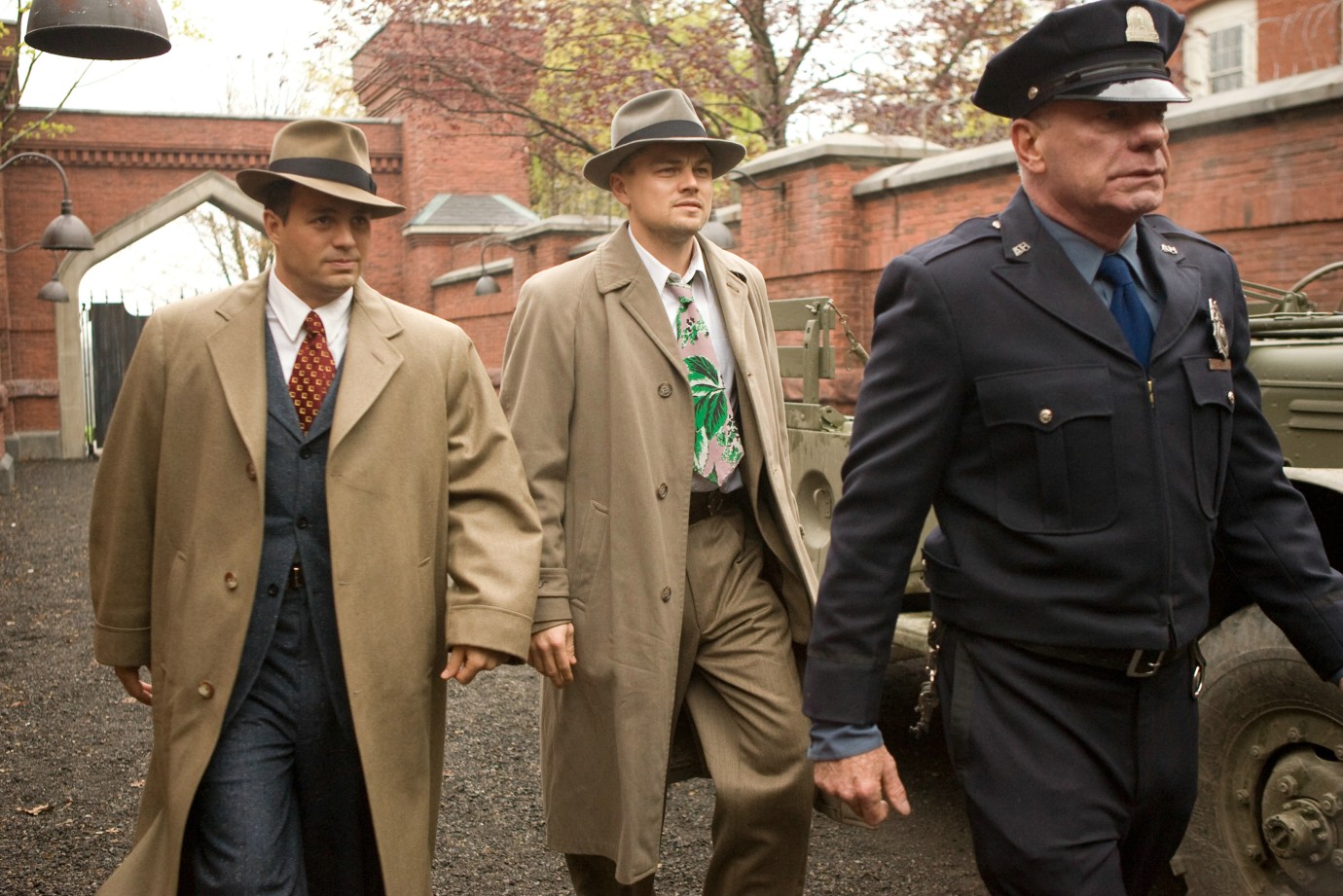
Mark Ruffalo, Leonardo DiCaprio
Shutter Island by Martin Scorsese
USA 2010, Competition
© 2009 Concorde Filmverleih GmbH
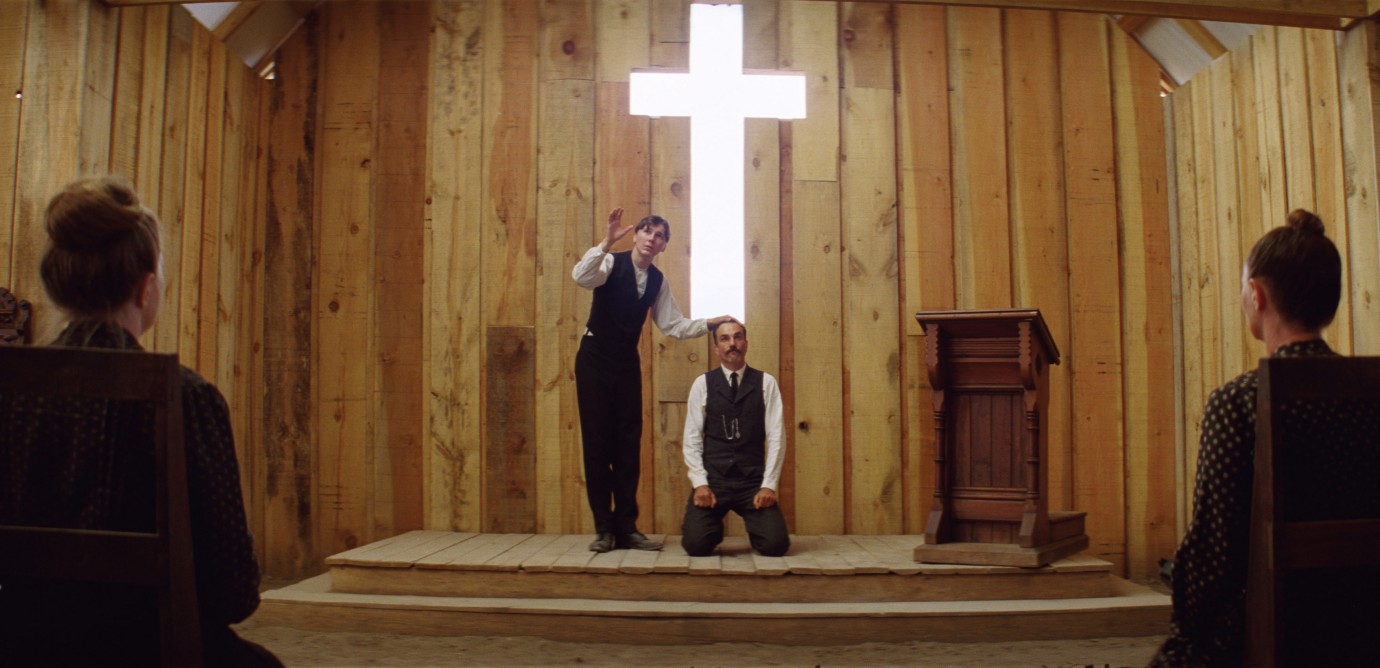
Paul Dano, Daniel Day-Lewis
There Will Be Blood by Paul Thomas Anderson
USA 2007, Competition

Ken Watanabe, Hirsohi Watanabe
Letters From Iwo Jima by Clint Eastwood
USA 2006, Competition

Angelina Jolie, Matt Damon
The Good Shepherd | Der gute Hirte by Robert De Niro
USA 2006, Competition
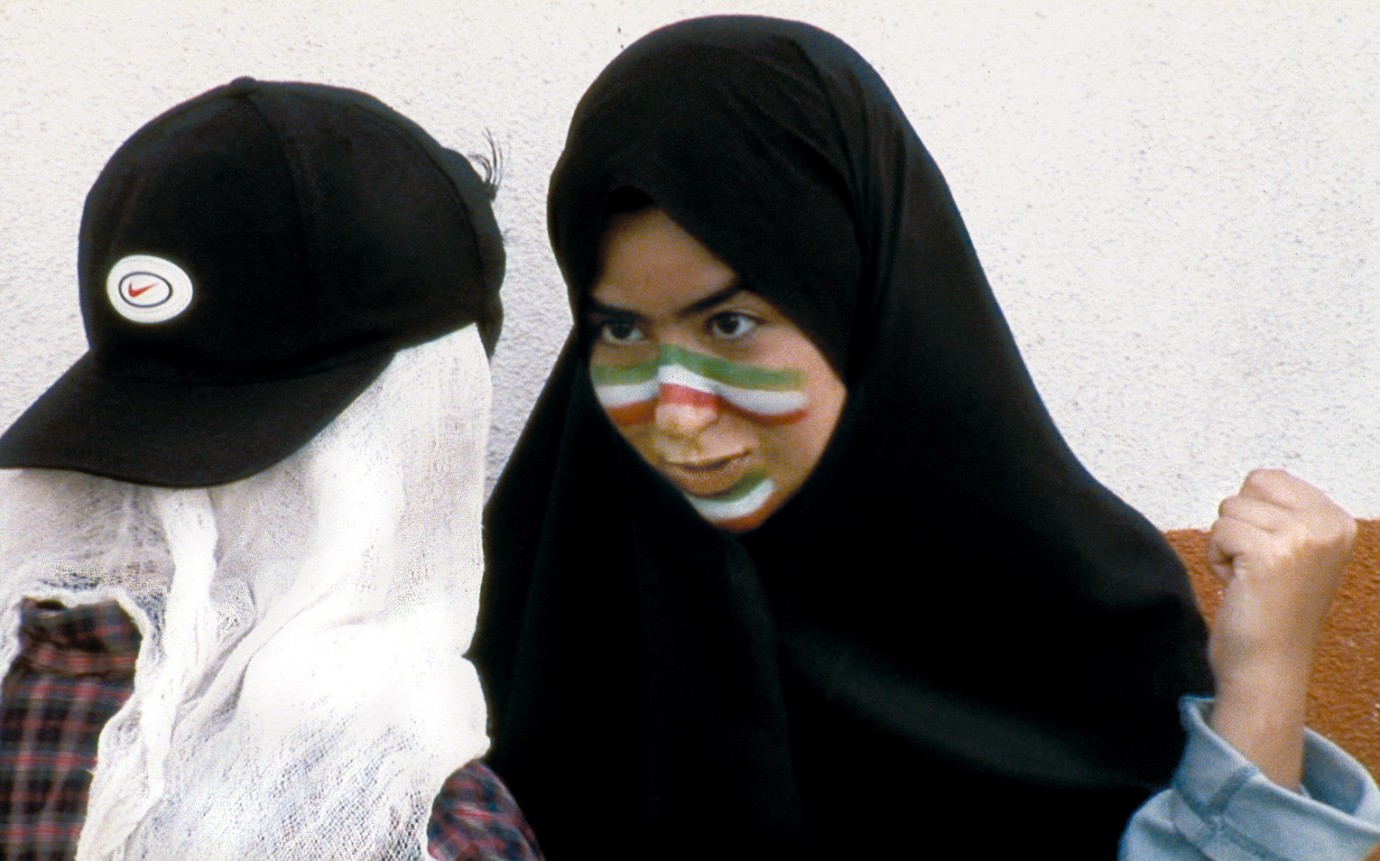
Offside by Jafar Panahi
IRN 2005, Competition

Luna Mijović
Grbavica by Jasmila Zbanic
AUT/BIH/DEU 2005, Competition
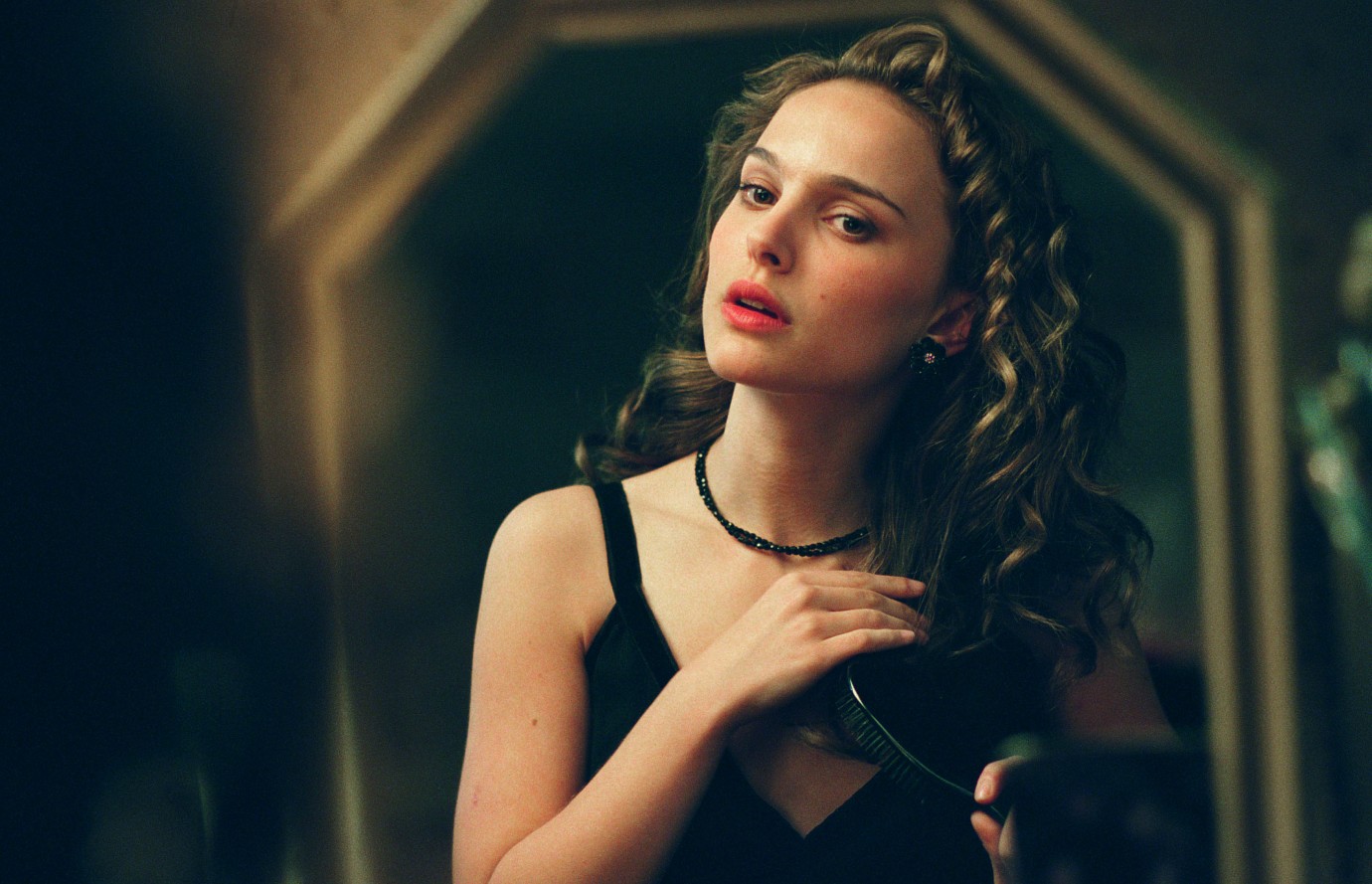
Natalie Portman
V For Vendetta | V wie Vendetta by James McTeigue
USA/DEU 2005, Competition
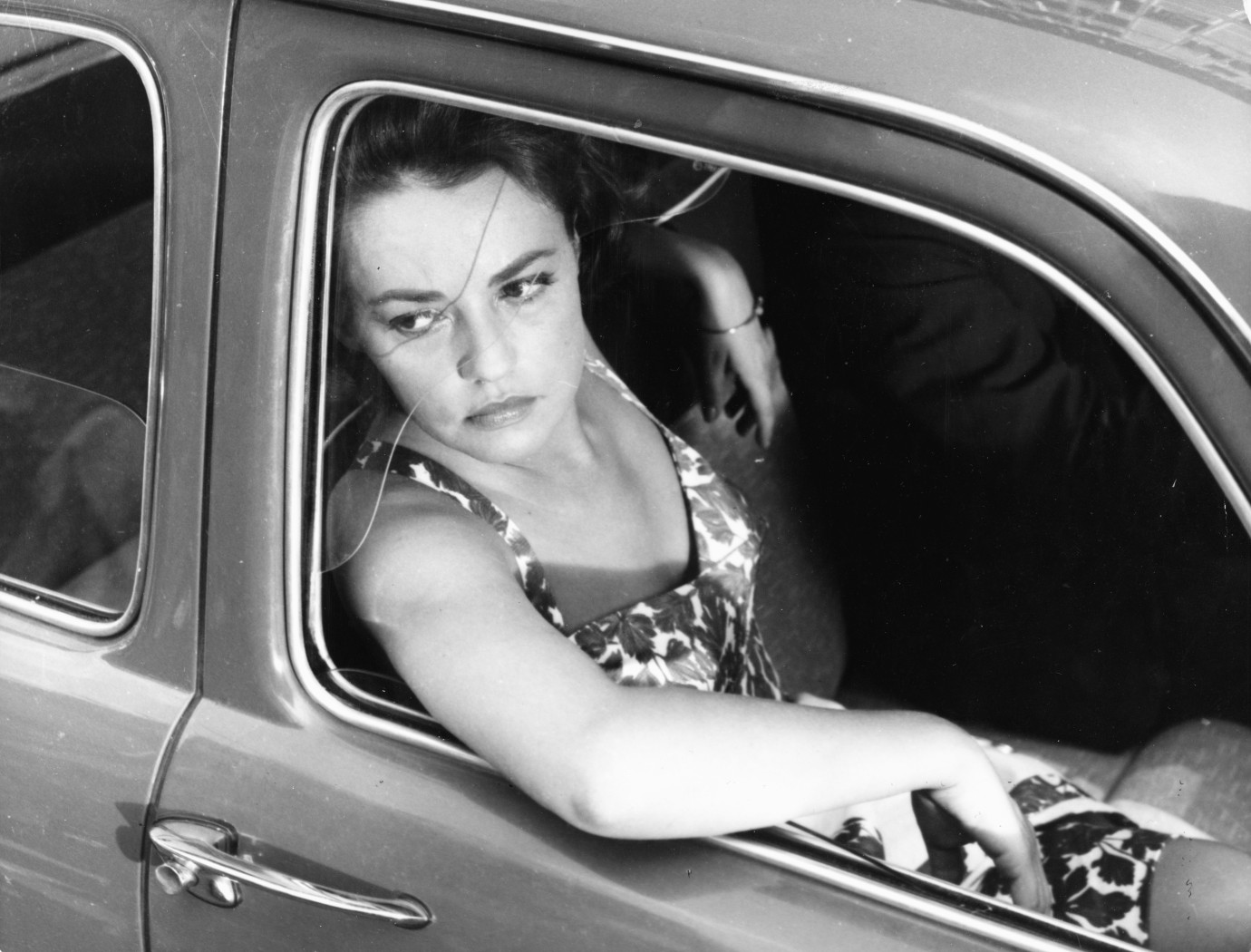
Jeanne Moreau
La Notte | Die Nacht | The Night by Michelangelo Antonioni
ITA/FRA 1960, Retrospective
Source: Deutsche Kinemathek
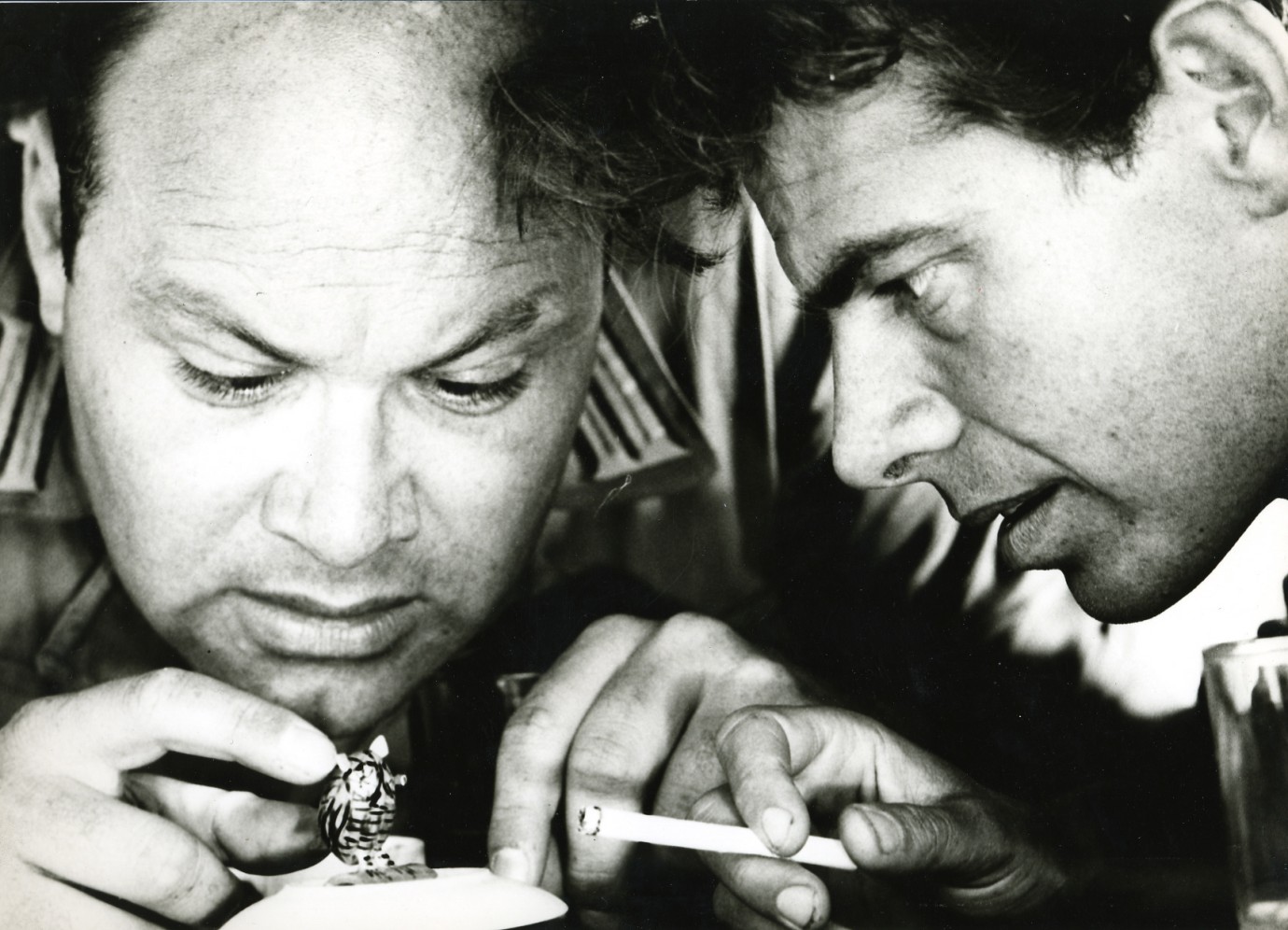
Wolfgang Reichmann, Peter Brogle
Lebenszeichen | Signs of Life by Werner Herzog
BRD, Retrospective
Source: Kinowelt, Leipzig

À bout de souffle
Patricia, a student, meets Michel, a petty criminal, when she sells the "‘New York Herald Tribune" on the Champs Élysées.
Historic Berlinale Debuts
© Studiocanal GmbH
The Competition is the centrepiece of the Berlinale and the festival’s calling card. With usually around 20 titles, it provides a detailed picture of the cinema as it is and as it will be. Whether from established or up-and-coming directors, films in the Competition present the best of the year’s selection.
As the festival’s centre of gravity, the Competition concentrates the energy of the Berlinale and catches the world’s attention. It is the focal point of the festival and screens some of the year’s most talked-about films, frequently prompting heated debates. Embracing the diversity of cinema and its extensive production in the 21st century, the Competition aims to surprise, entertain and enrich public audiences and industry professionals alike. It reflects and relates to the world in which we are living: its selection allows viewers to understand their place in it more fully and to recognise and respect the place of others.
The Competition screens a wide-ranging representation of the best of established auteur cinema from around the globe and elevates new directors to the upper echelons of international filmmaking. Smultronstället (Wild Strawberries), Les cousins, La notte, Alphaville, Woschoshdenie (The Ascent), Die Sehnsucht der Veronika Voss, Love Streams, The Thin Red Line, Magnolia, Jodaeiye Nader az Simin (Nader And Simin, A Separation) – these are just some of the Golden Bear winners that have gone down in the annals of film history.
Glamorous and cutting-edge, every film of the Competition is introduced by a red carpet ceremony at the Berlinale Palast that casts a special light on the artists, delighting fans and introducing rising stars to the media and the film world. At the Award Ceremony on the penultimate evening of the festival, a high-profile International Jury bestows those world-famous seals of quality: the Golden and Silver Bears.

Festival photos from previous years

Marion Cotillard
La Tour de Glace · Competition · Feb 16, 2025

Fan Bingbing
The member of the International Jury on the Red Carpet.
Competition · Feb 22, 2025

Ethan Hawke, Andrew Scott
“Oh, you here too?” - the actors joke on the Red Carpet.
Blue Moon · Competition · Feb 18, 2025

Jessica Chastain
A bath in the crowd.
Dreams · Competition · Feb 15, 2025

Margaret Qualley
Blue Moon · Competition · Feb 18, 2025

Lupita Nyong'o, Mati Diop
Embrace on the stage of the Berlinale Palast.
Dahomey · Competition · Golden Bear · Feb 24, 2024
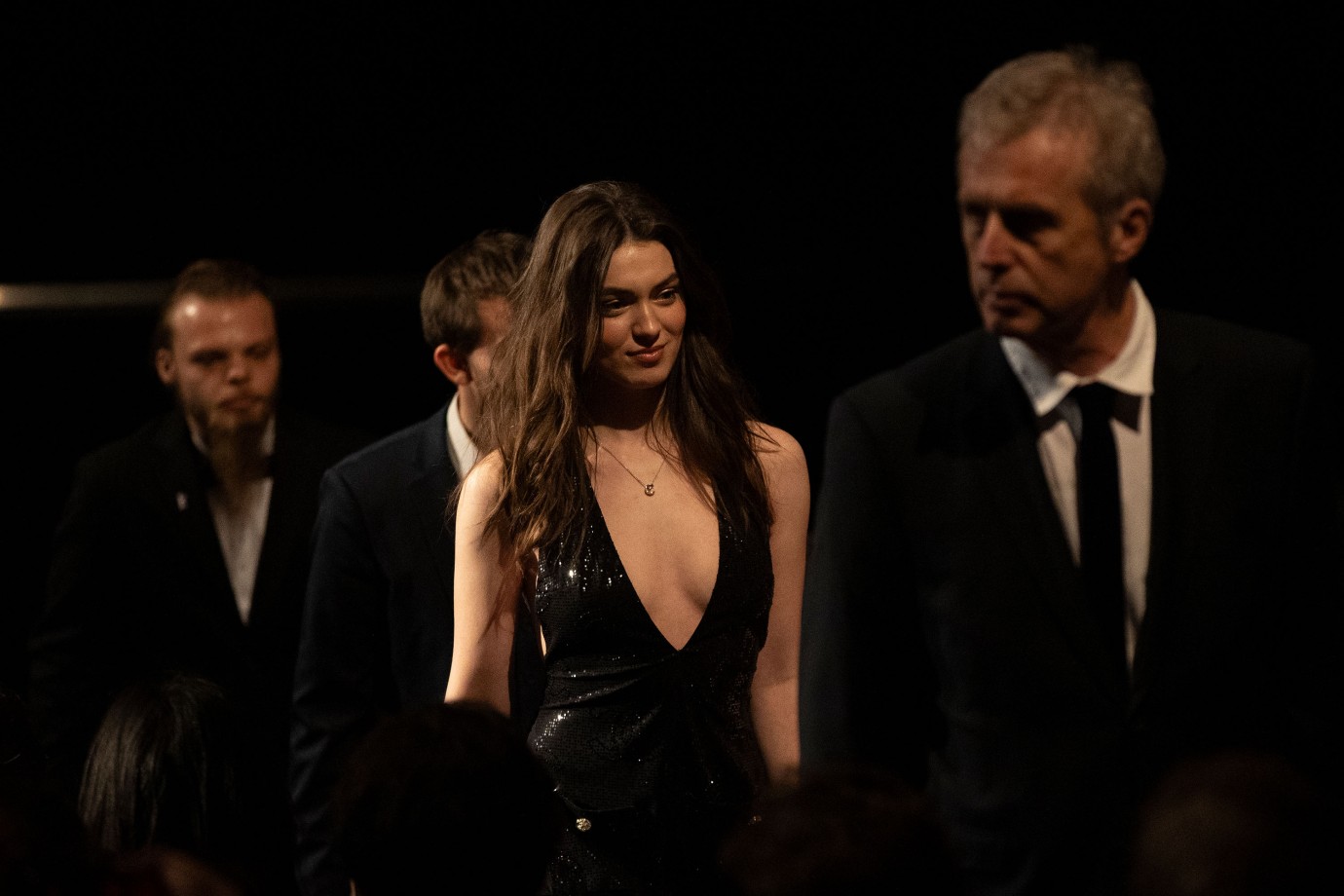
Julien Manier, Anamaria Vartolomei, Bruno Dumont
The actors and the director (on the right) at the premiere.
L’ Empire · Competition · Feb 18, 2024
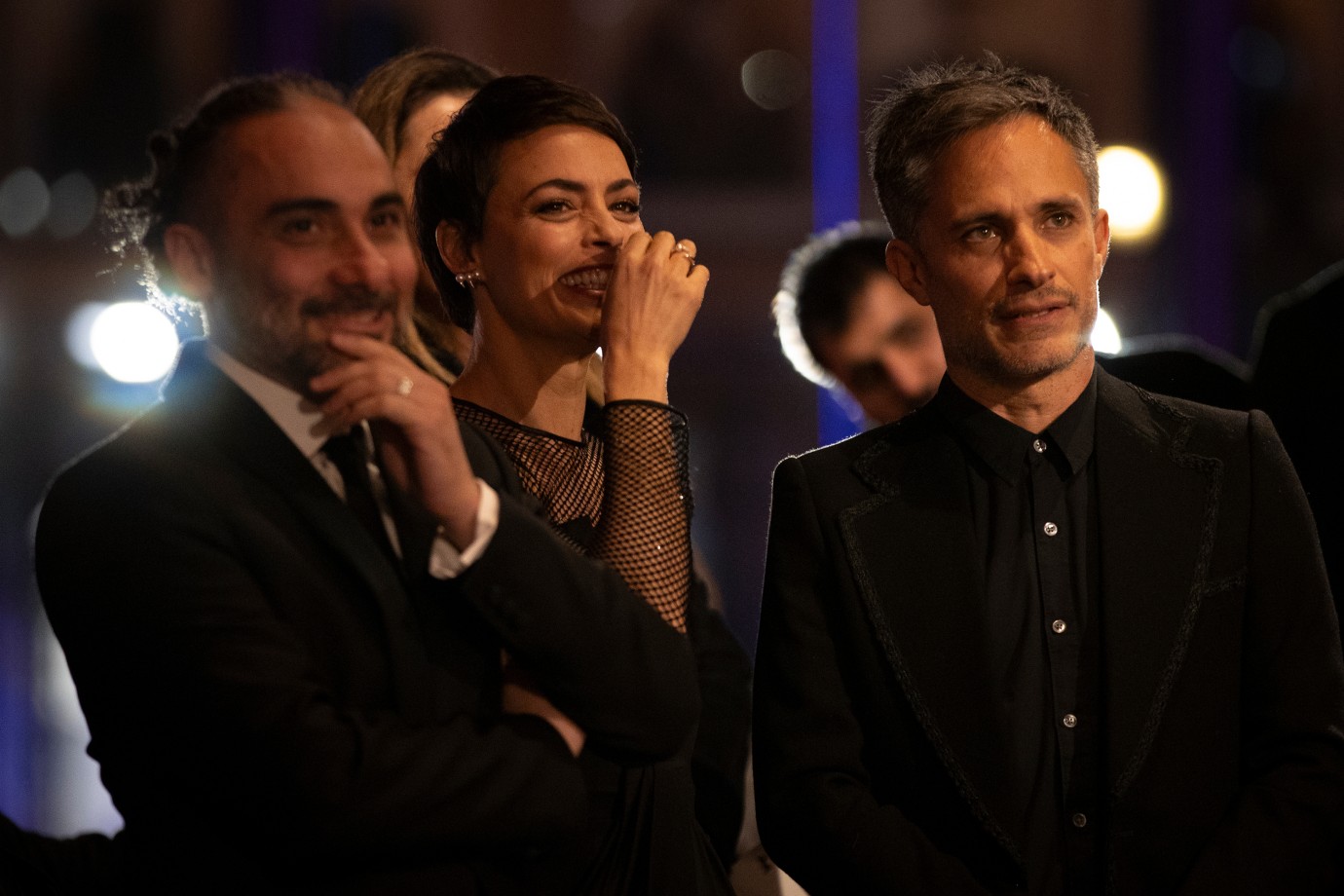
Piero Messina, Bérénice Bejo, Gael García Bernal
In the Berlinale Palast.
Another End · Competition · Feb 17, 2024
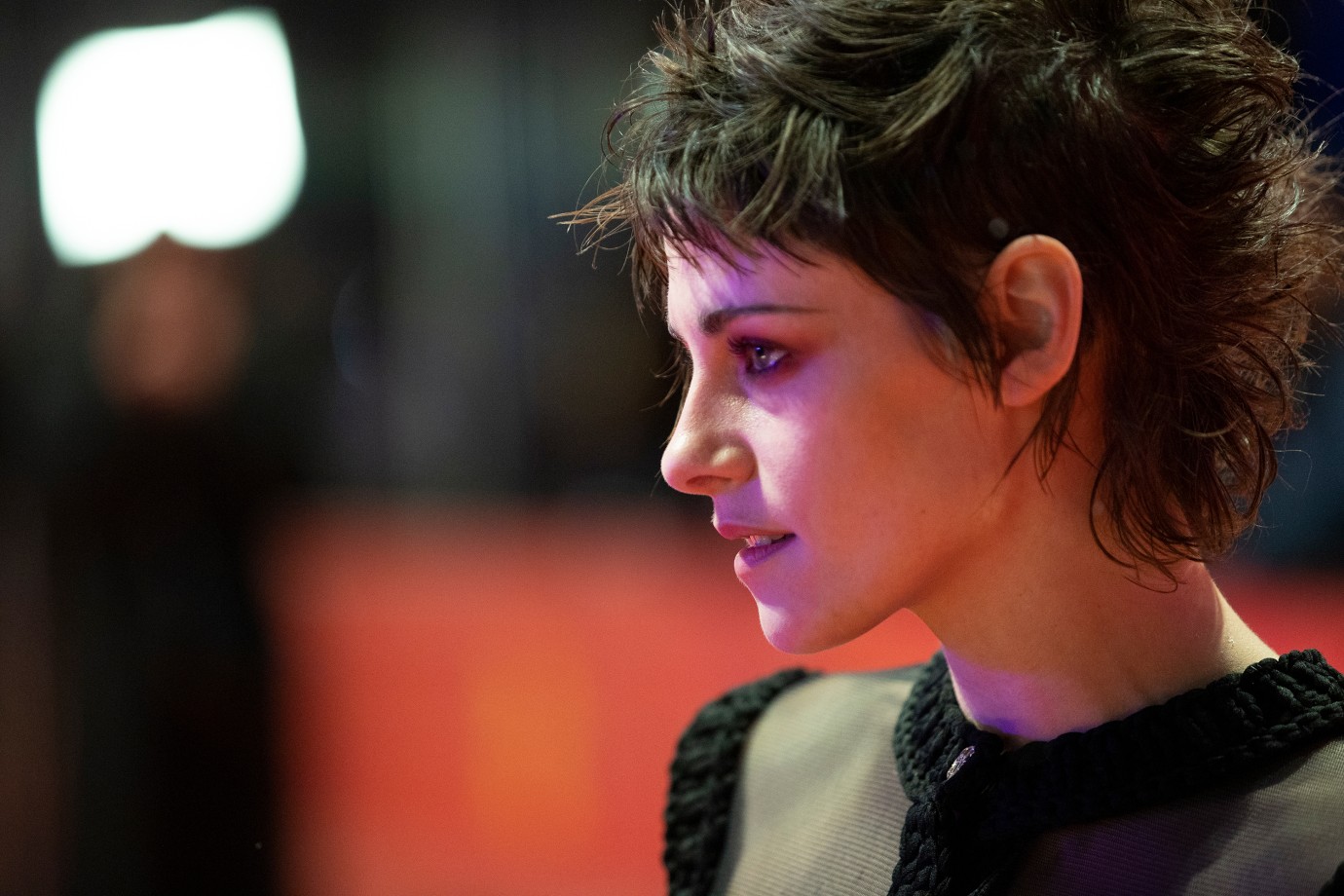
Kristen Stewart
Competition · Feb 25, 2023

Nicolas Philibert
Sur l’Adamant · Competition · Golden Bear for Best Film · Feb 25, 2023

Thea Ehre
Bis ans Ende der Nacht · Competition · Feb 24, 2023

Adrien Brody
Manodrome · Competition · Feb 18, 2023
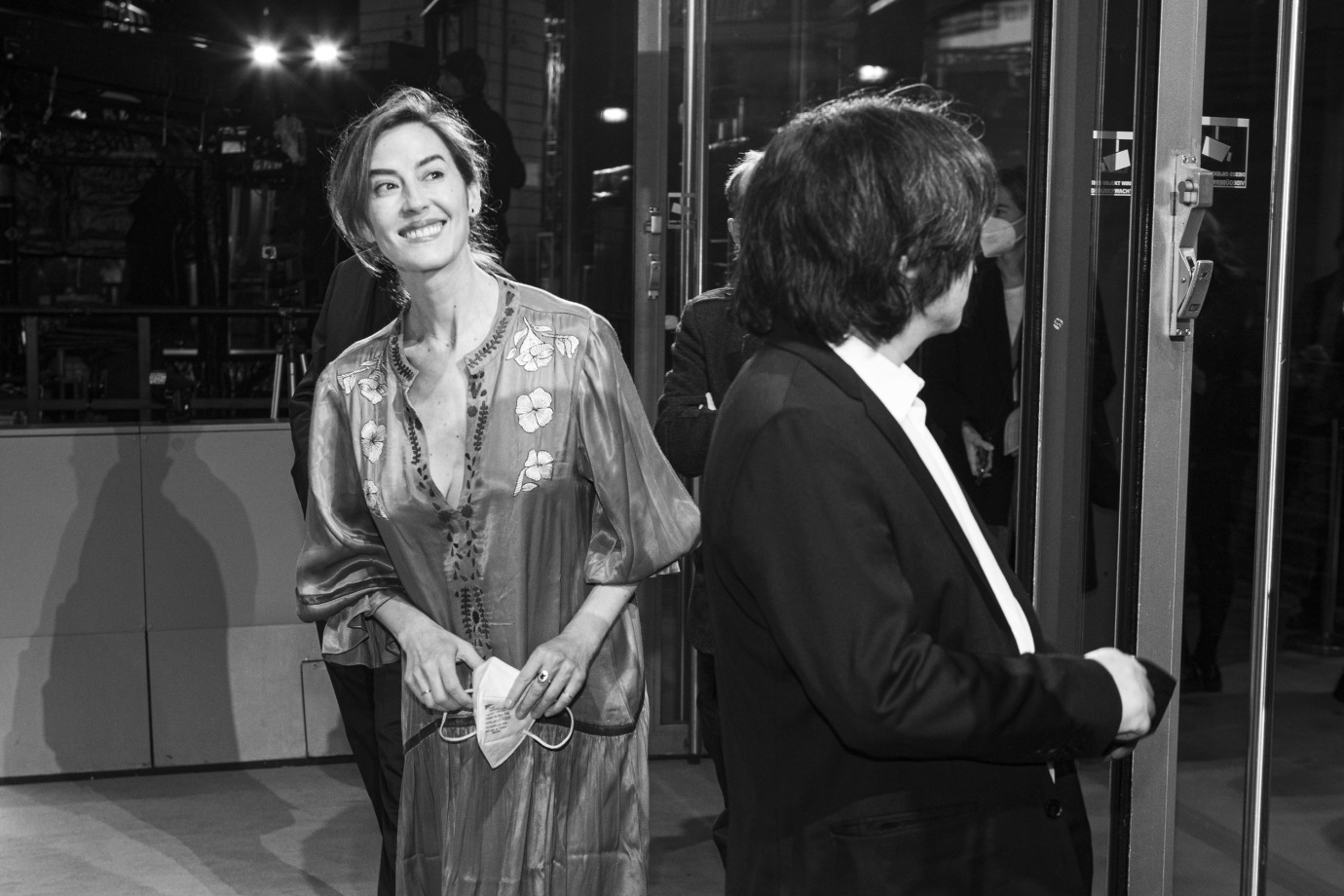
Natalia López Gallardo
The director on her way to the Berlinale Palast.
Robe of Gems · Competition · Silver Bear Grand Jury Prize · Feb 16, 2022

Connie Nielsen
The member of the International Jury on the Red Carpet.
Rabiye Kurnaz gegen George W. Bush · Competition · Feb 12, 2022
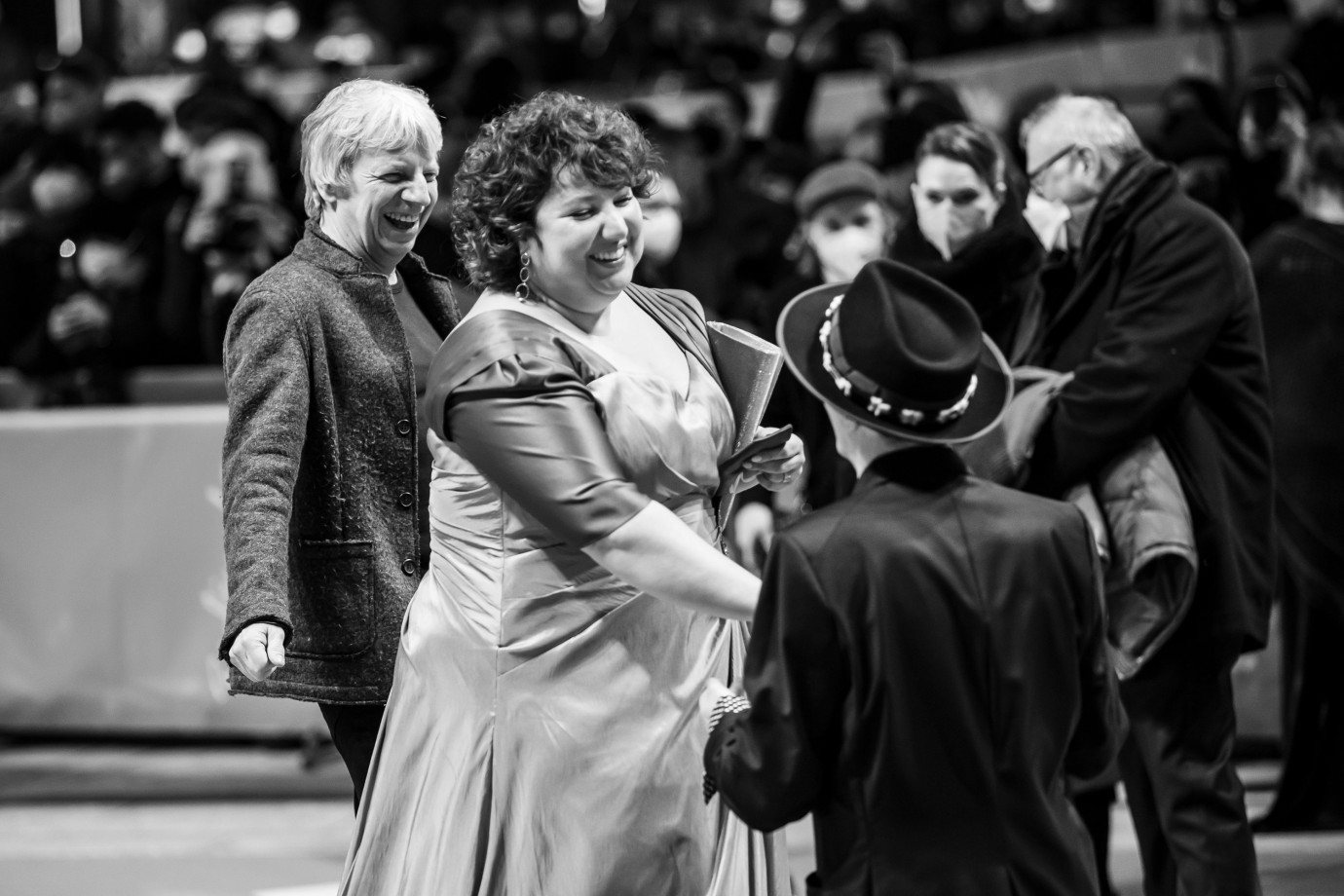
Andreas Dresen, Meltem Kaptan, Alexander Scheer
The film team joyfully greeting each other on the Red Carpet.
Rabiye Kurnaz gegen George W. Bush · Competition · Feb 10, 2022
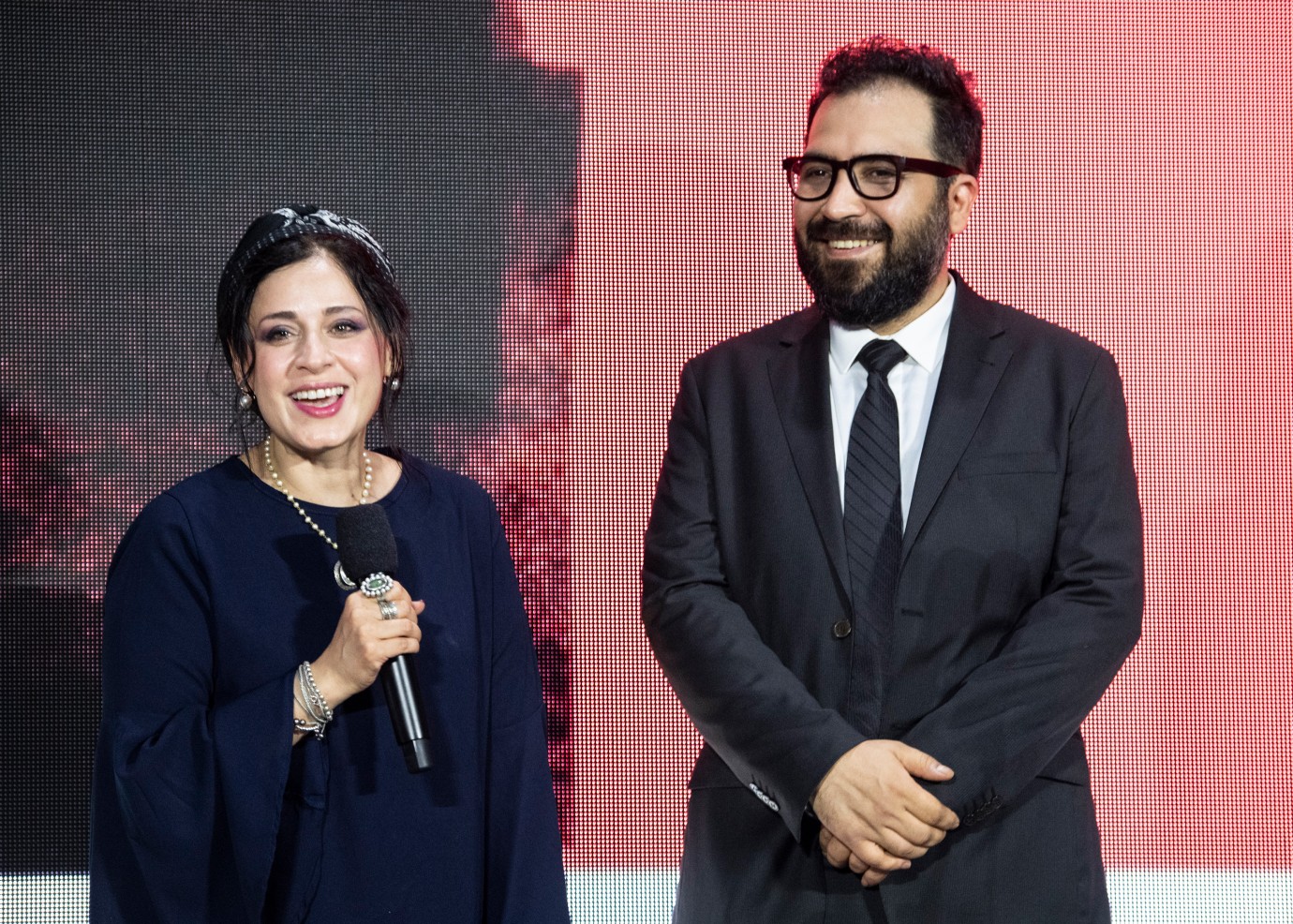
Maryam Moghaddam, Behtash Sanaeeha
The two directors at the premiere.
Ghasideyeh gave sefid · Competition · Freiluftkino Museumsinsel · Jun 18, 2021
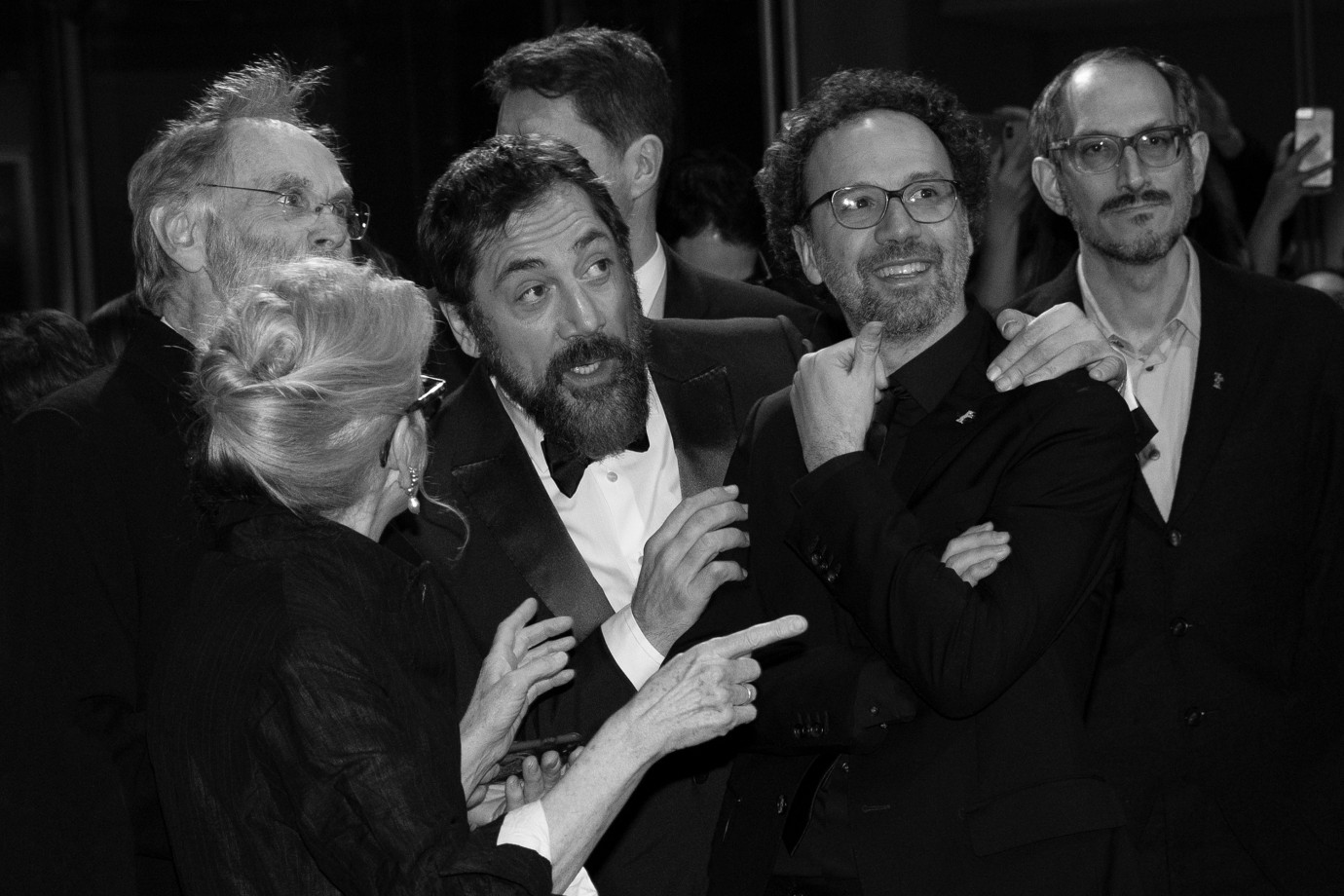
Christopher Sheppard, Sally Potter, Javier Bardem, Carlo Chatrian, Mark Peranson
At the premiere.
The Roads Not Taken · Competition · Feb 26, 2020

Ileana D'Ambra, Fabio D'Innocenzo, Tommaso Di Cola
Affectionate on the Red Carpet.
Favolacce · Competition · Feb 25, 2020
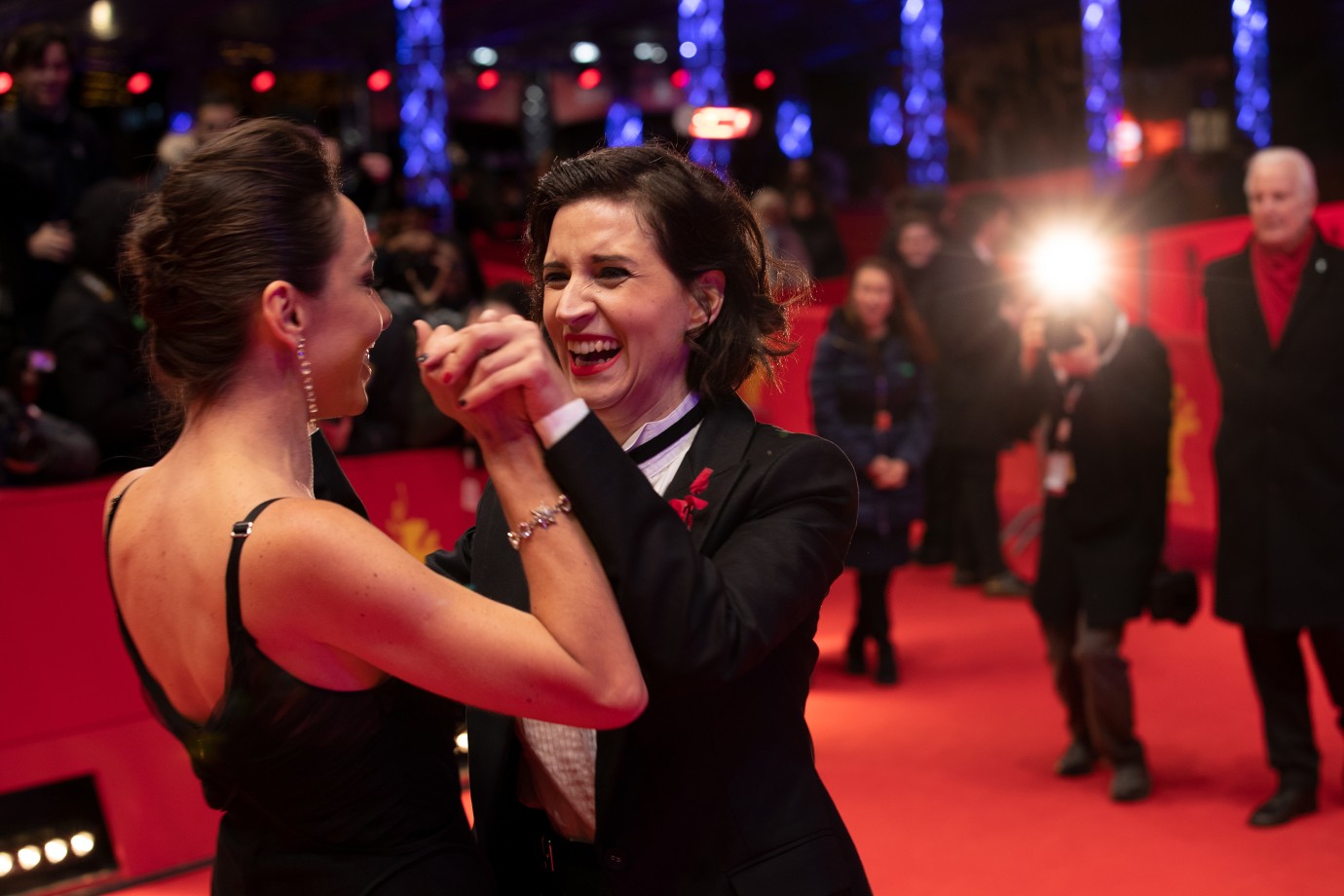
Clarissa Kiste, Carolina Bianchi
Would you like to dance?
Todos os mortos · Competition · Feb 23, 2020

Joaquin Phoenix
A bath in the crowd.
Don’t Worry, He Won’t Get Far on Foot · Competition · Feb 20, 2018
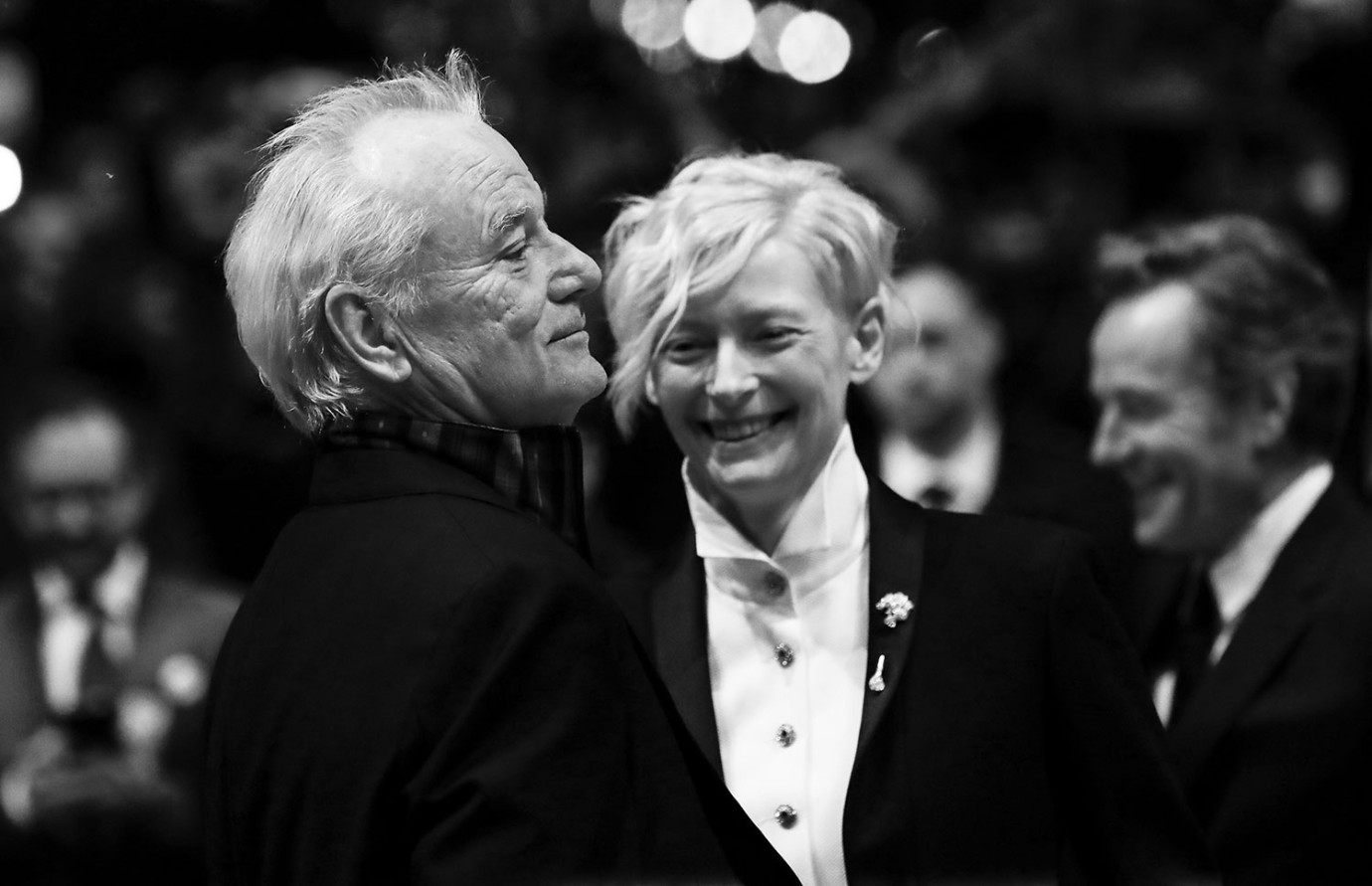
Bill Murray, Tilda Swinton
On the Red Carpet before the Opening.
Isle of Dogs · Competition · Opening Gala · Feb 15, 2018

Gillian Anderson
The actress arriving at the Berlinale Palast.
Viceroy’s House · Competition · Feb 12, 2017
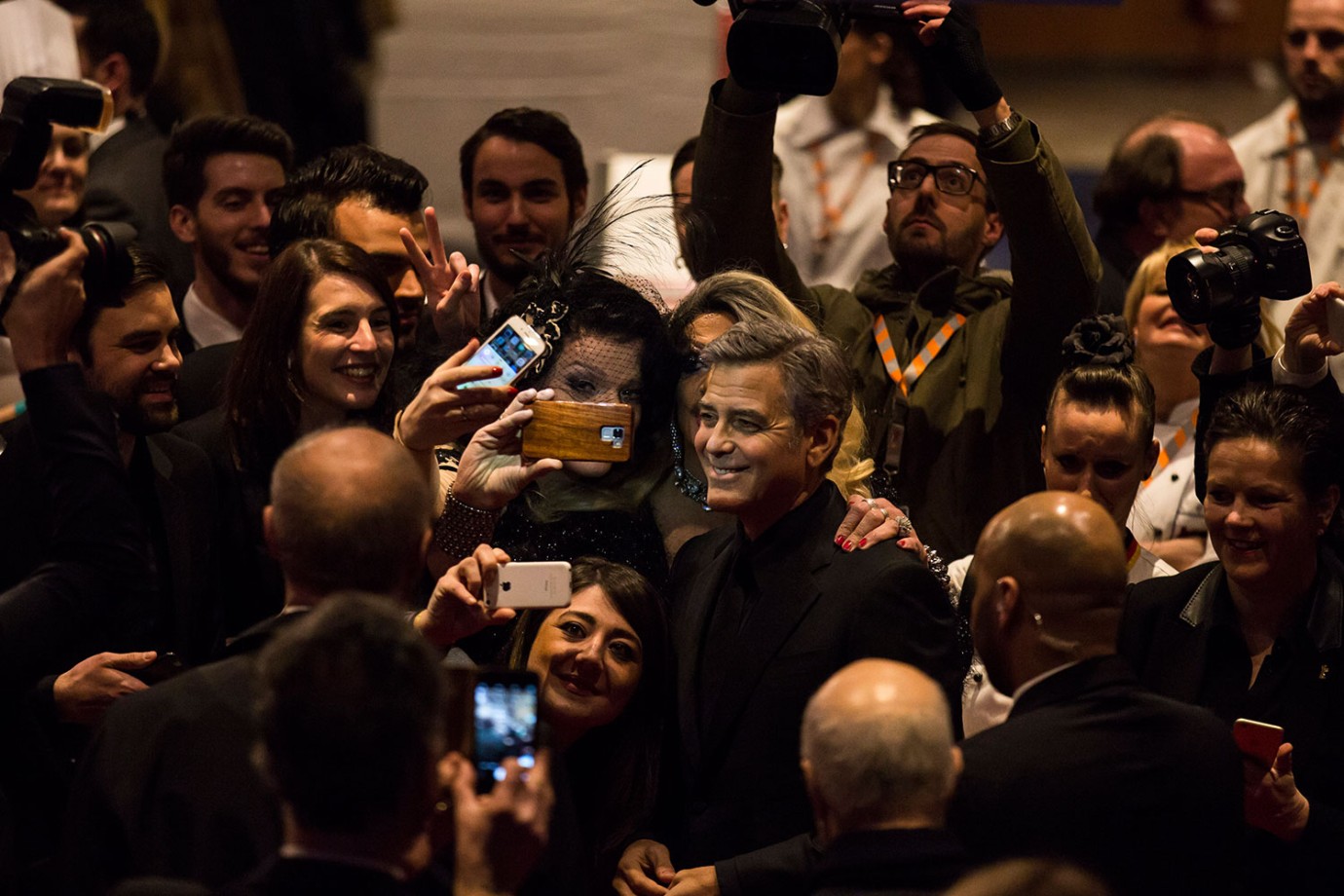
George Clooney
The actor at the Berlinale Palast.
Hail, Caesar! · Competition · Feb 11, 2016
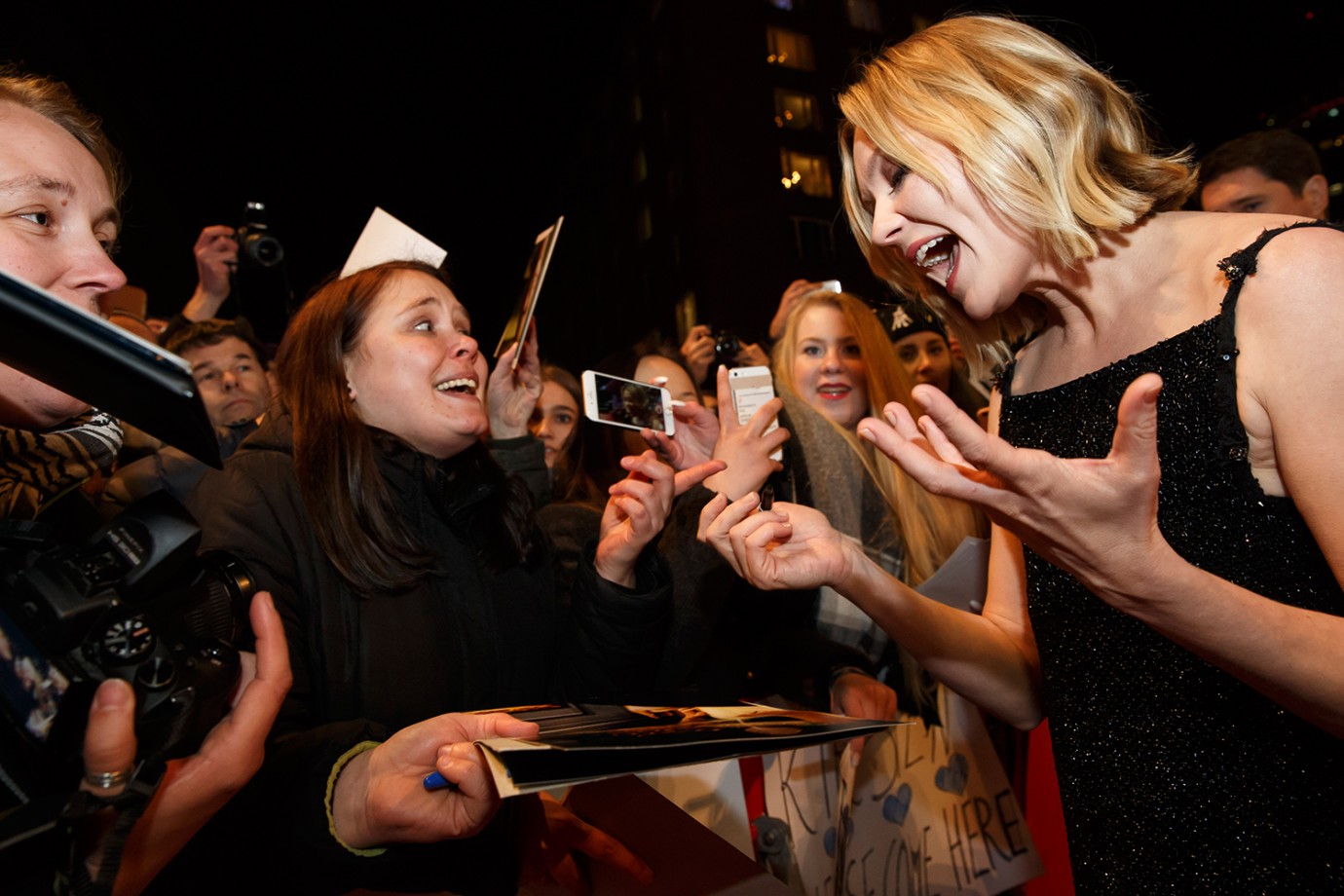
Kirsten Dunst
Frenetic welcome.
Midnight Special · Competition · Feb 12, 2016
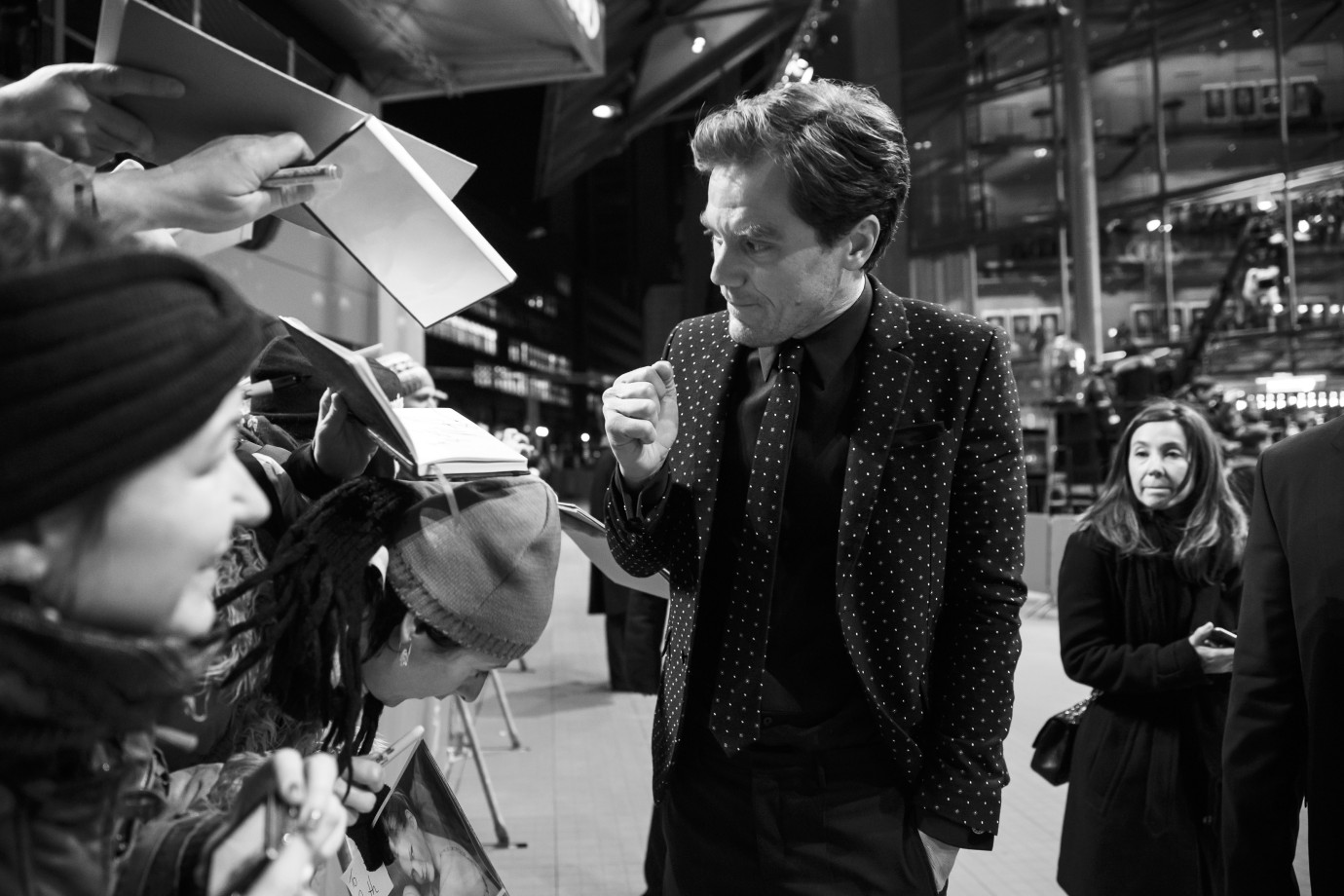
Michael Shannon
His autographs were much sought-after.
Midnight Special · Competition · Feb 12, 2016
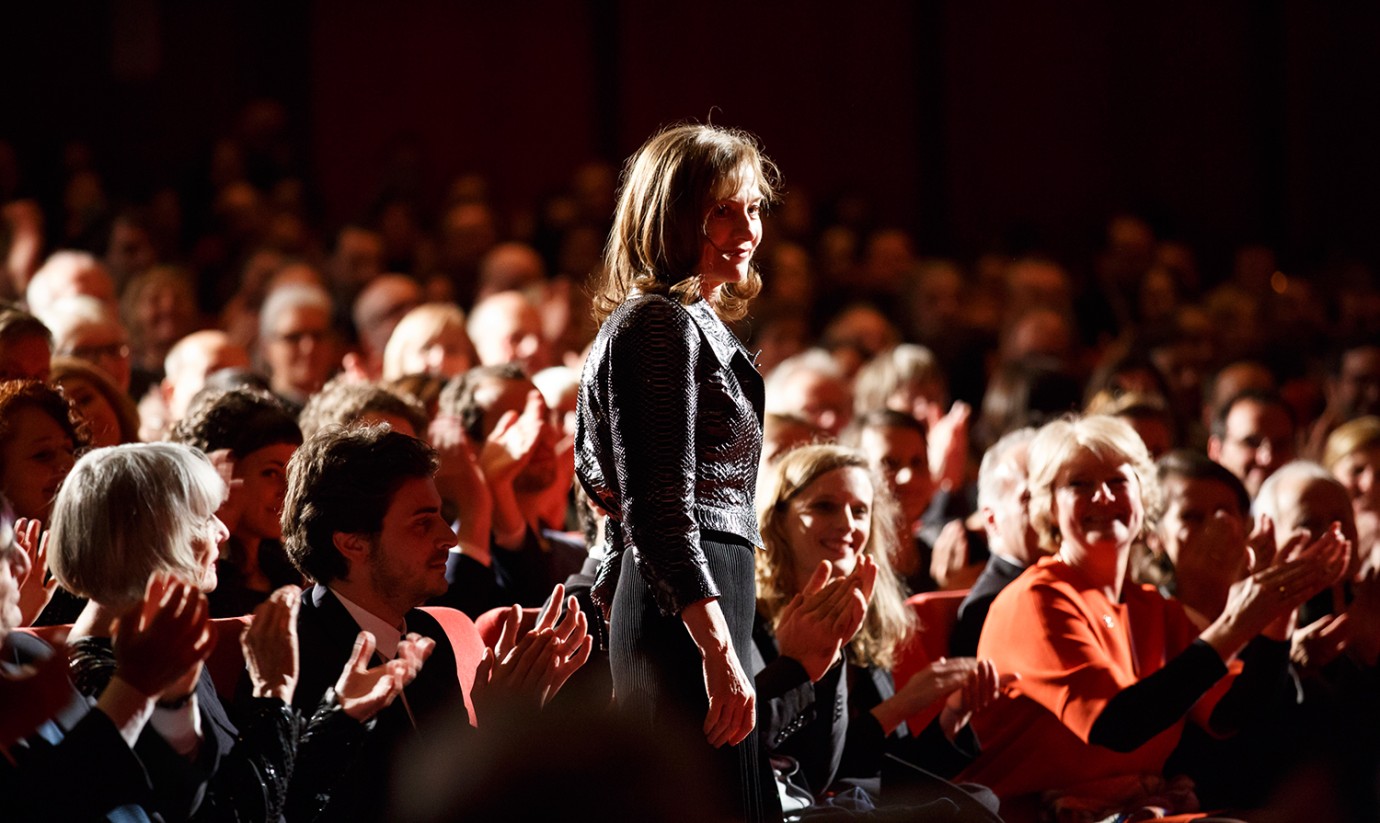
Isabelle Huppert
The actress in the Berlinale Palast.
L' avenir · Competition · Feb 13, 2016
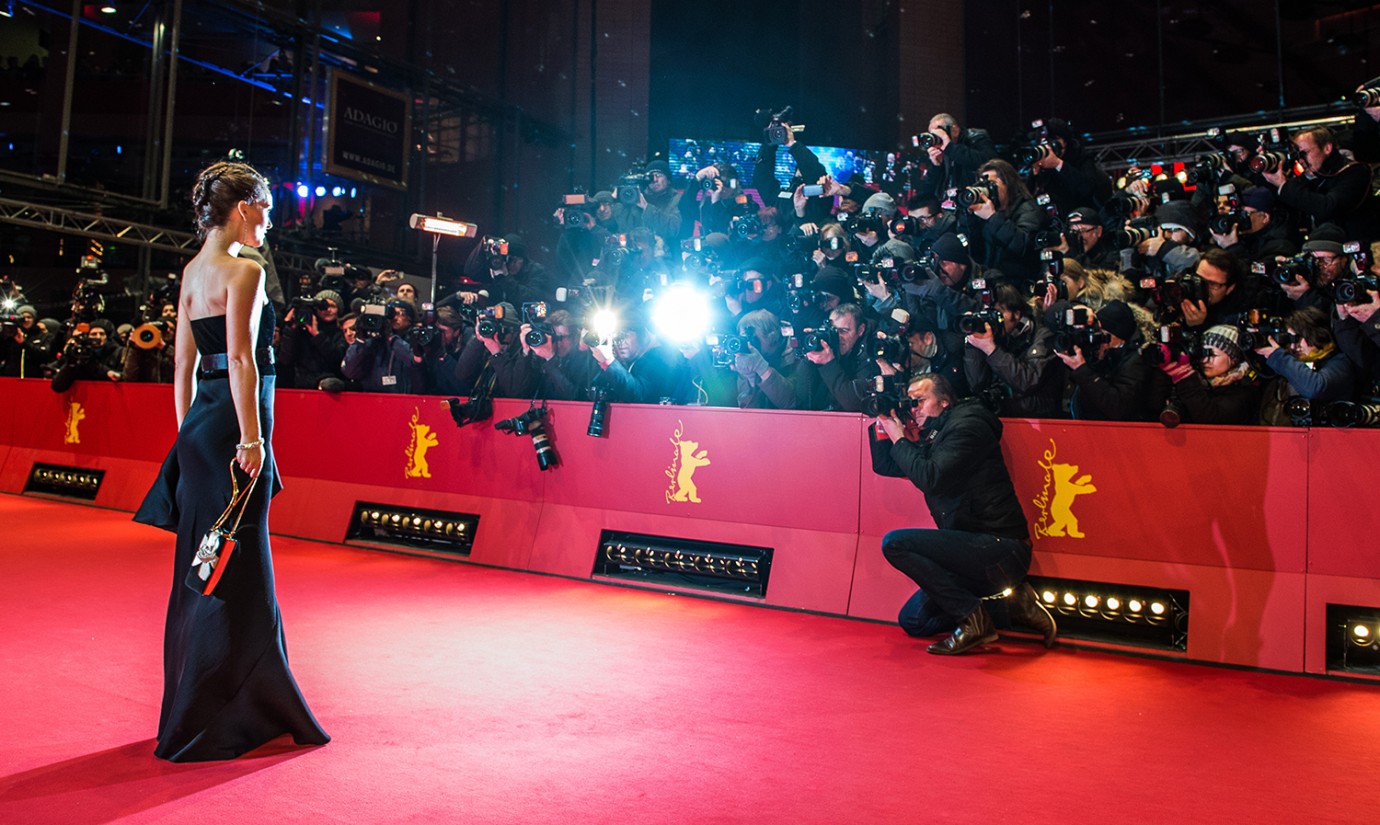
Natalie Portman
Popping of flashbulbs.
Knight of Cups · Competition · Feb 08, 2015
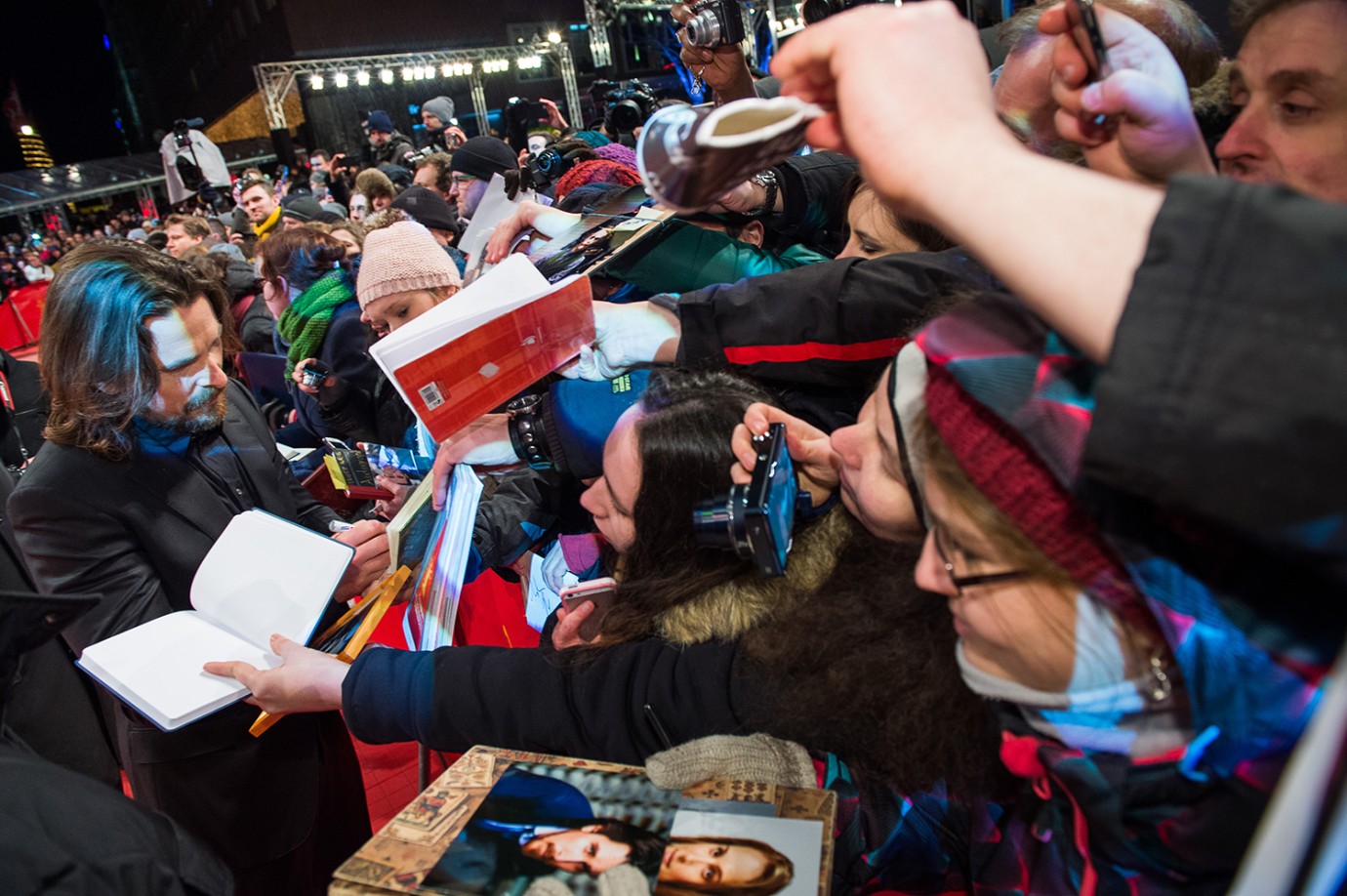
Christian Bale
Mingling with the crowd.
Knight of Cups · Competition · Feb 08, 2015

Forest Whitaker
The main actor on the Red Carpet.
La voie de l'ennemi · Competition · Feb 07, 2014
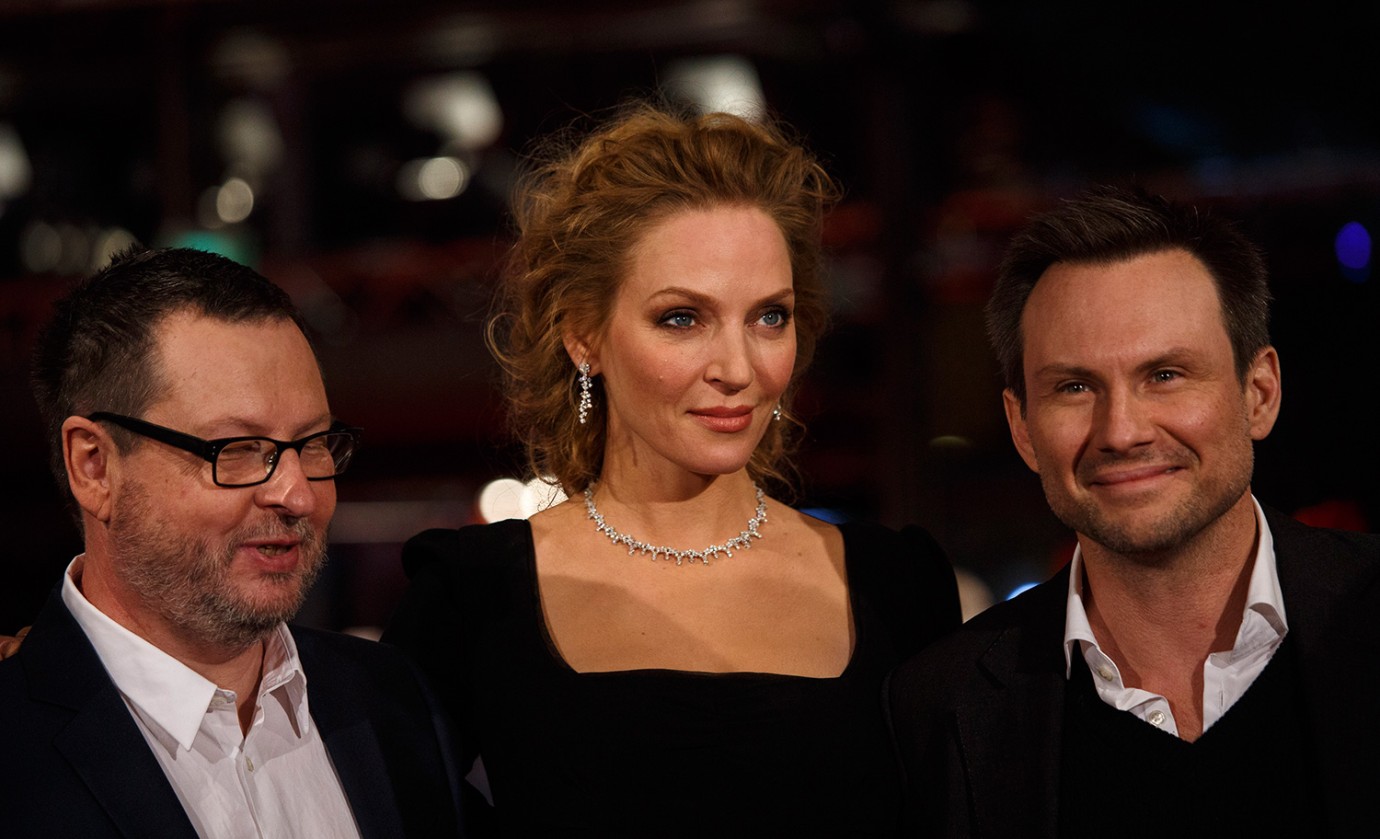
Lars von Trier, Uma Thurman, Christian Slater
The director and his two actors in the Berlinale Palast.
Nymphomanic · Competition · Feb 09, 2014
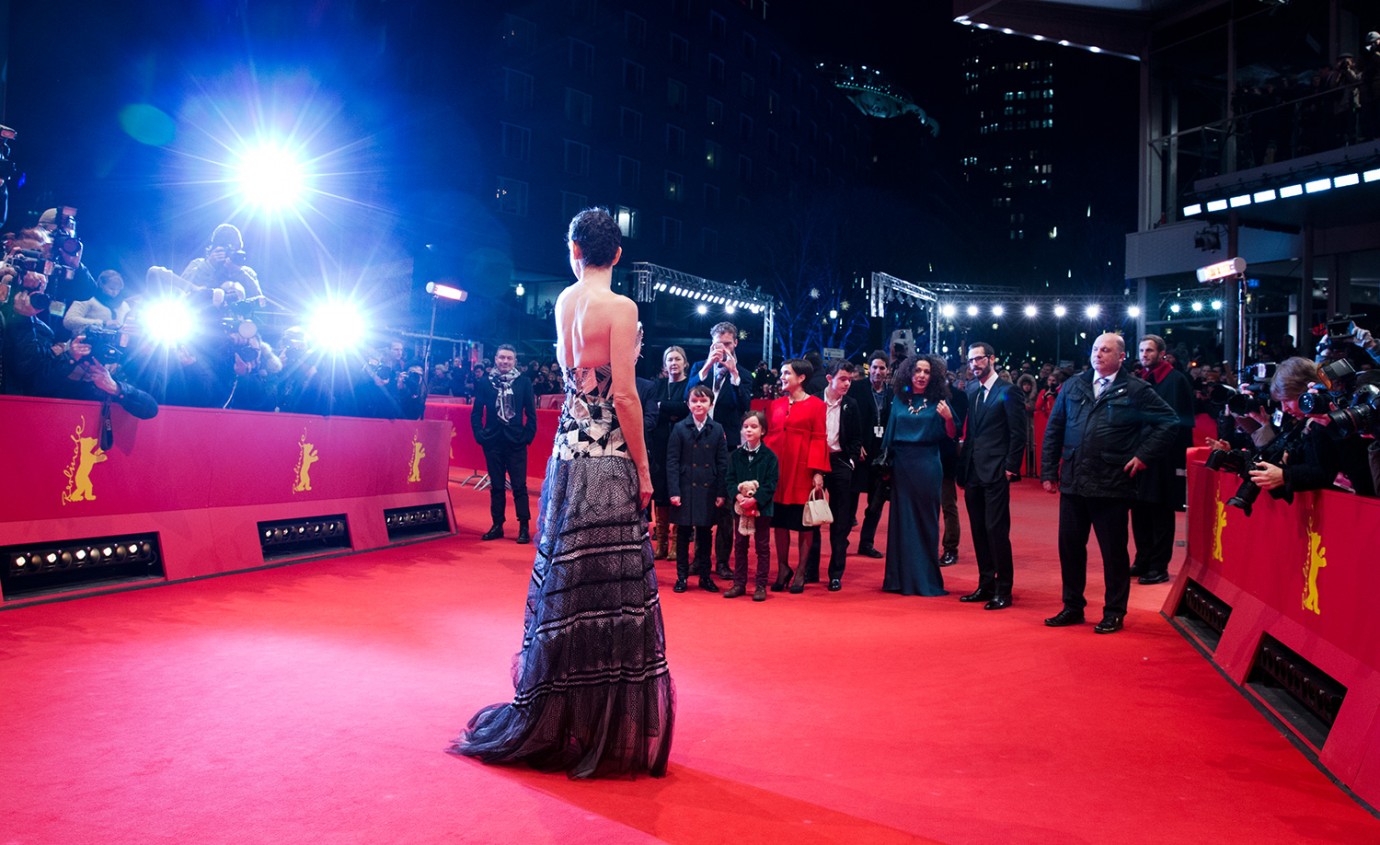
Jennifer Connelly
The actress on the Red Carpet.
Aloft · Competition · Feb 12, 2014

Nina Hoss
The German actress on the Red Carpet.
Opening Gala · Feb 07, 2013
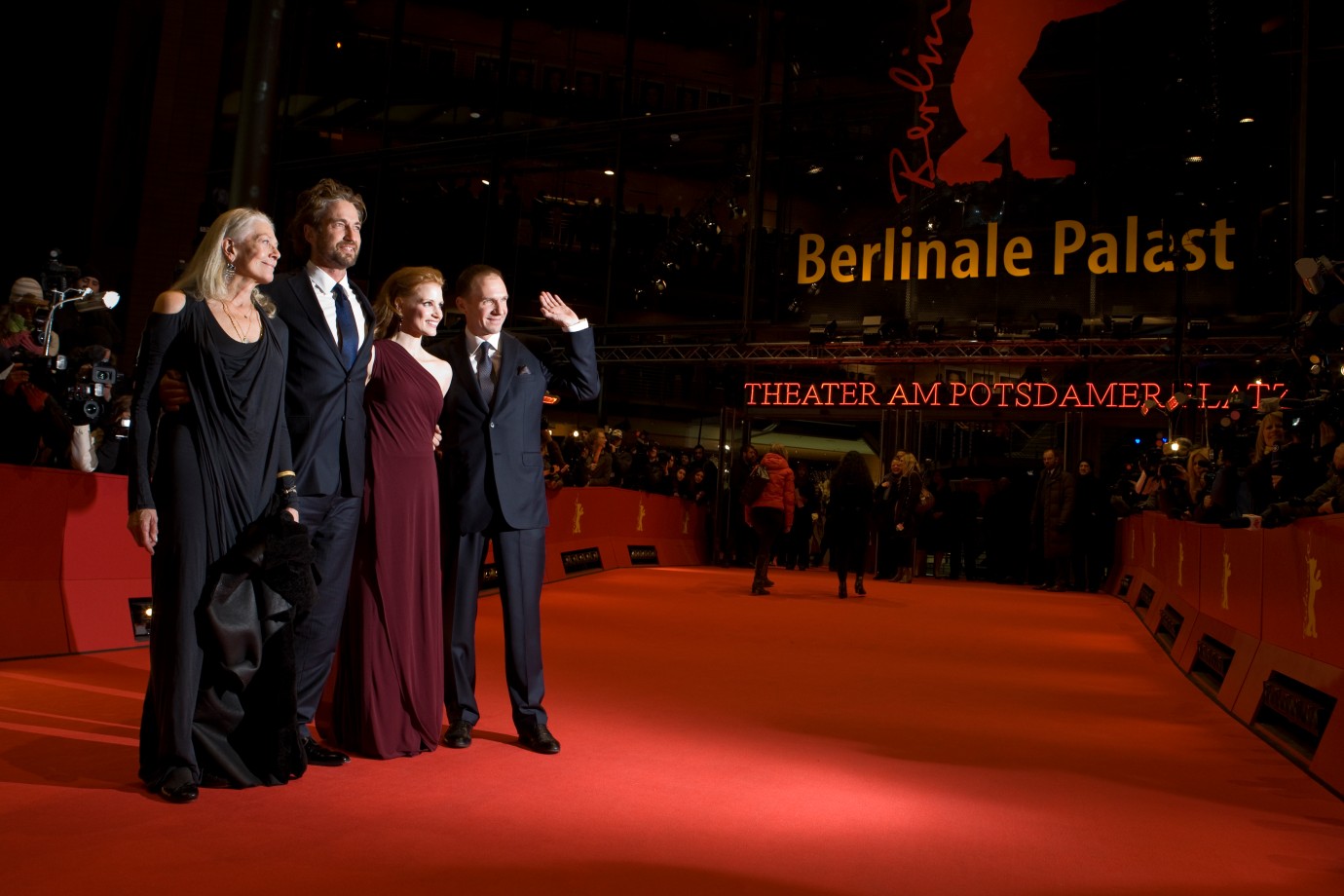
Vanessa Redgrave, Gerard Butler, Jessica Chastain, Ralph Fiennes
Competition: The actors of Coriolanus on the Red Carpet.
Coriolanus · Competition · Berlinale Palast · Feb 14, 2011
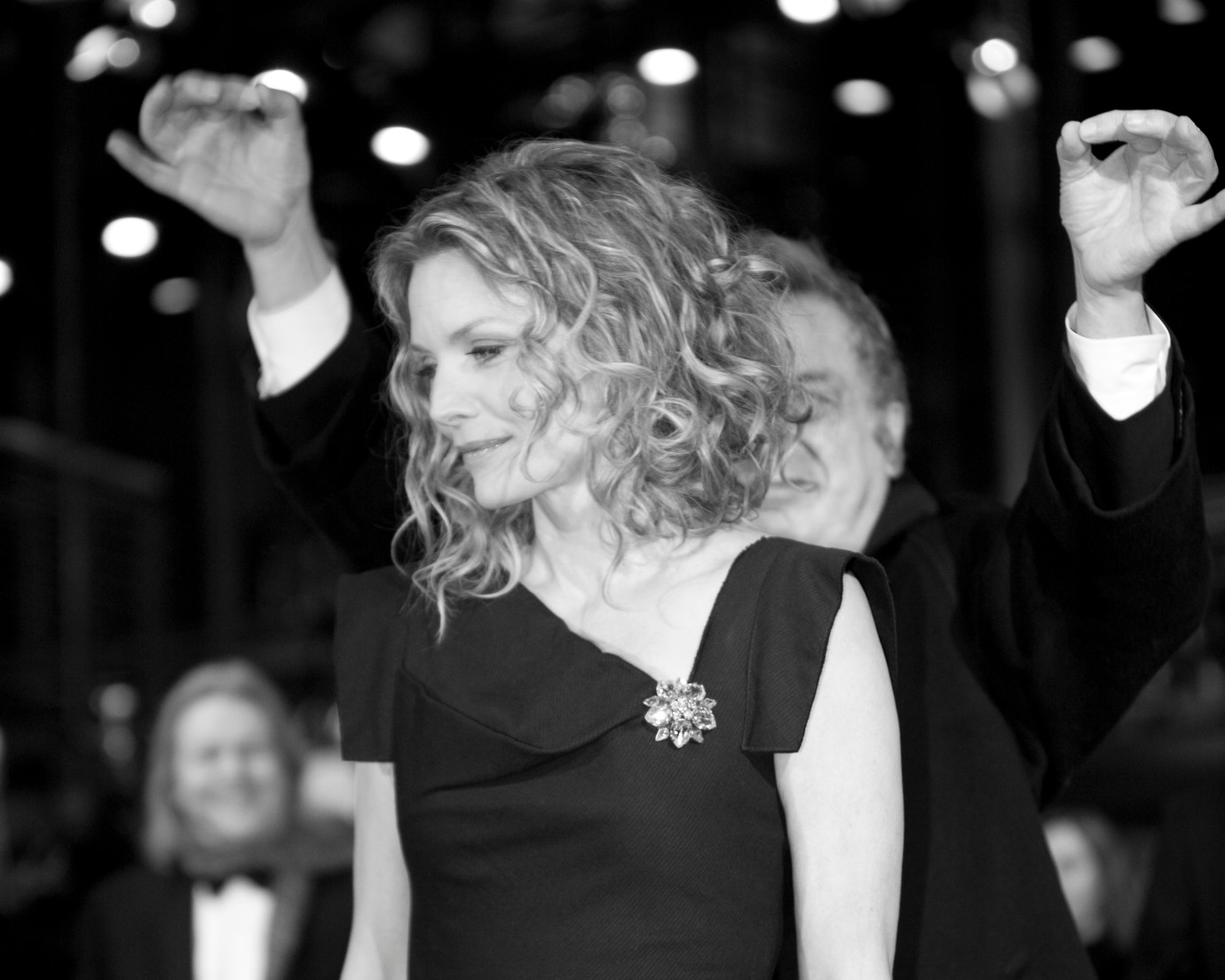
Michelle Pfeiffer, Stephen Frears
Michelle Pfeiffer directed by Stephen Frears.
Cheri · Competition · Berlinale Palast · Feb 10, 2009
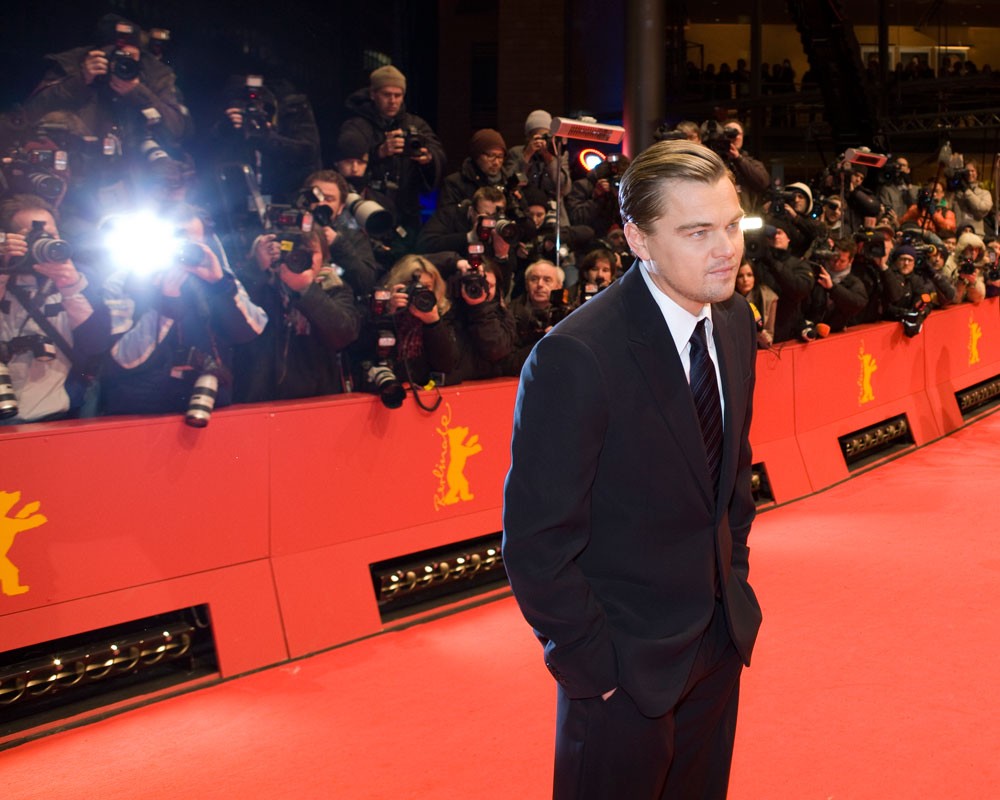
Leonardo DiCaprio
Relaxed on the Red Carpet.
Shutter Island · Competition · Berlinale Palast · Feb 13, 2010
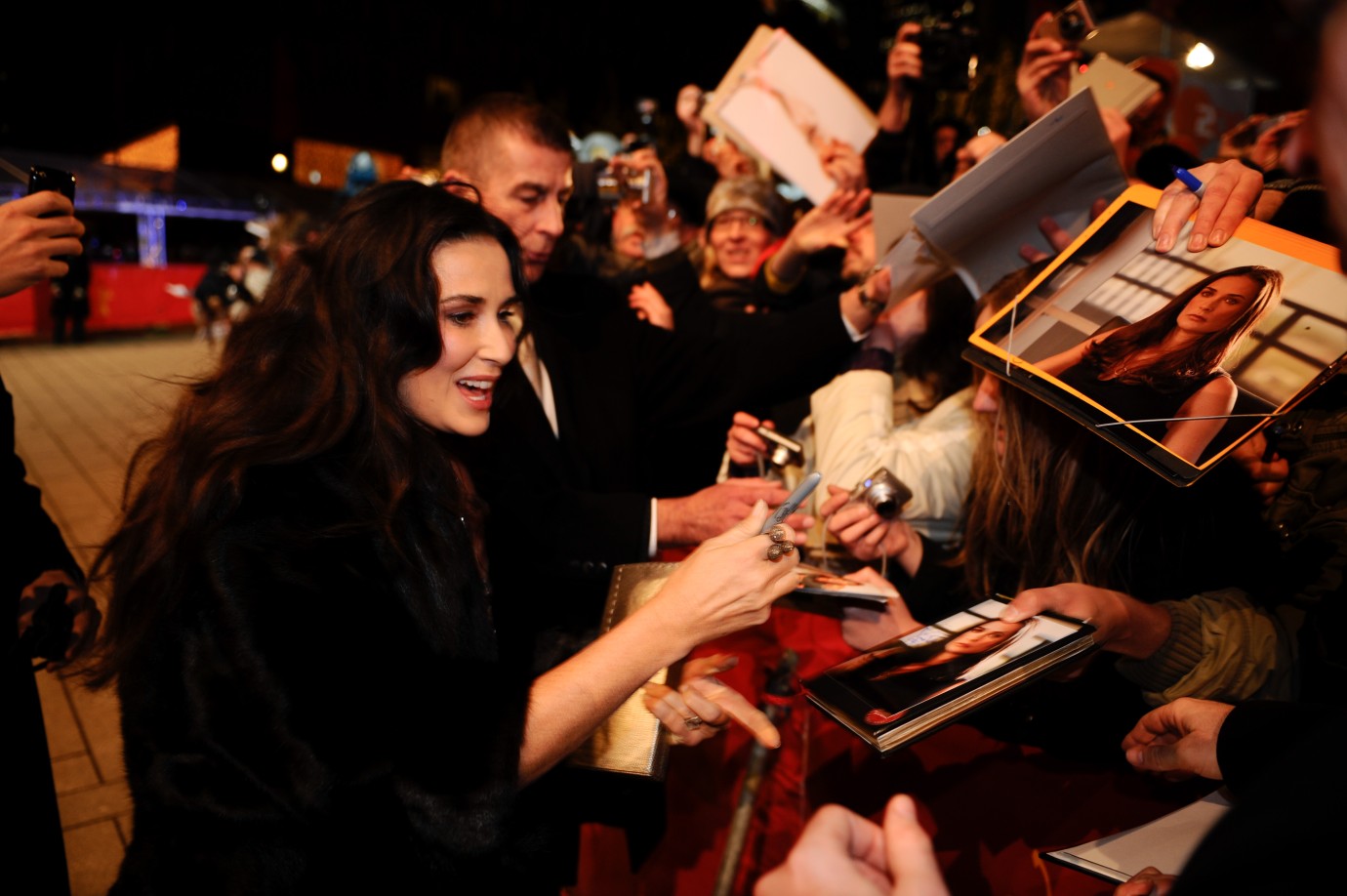
Demi Moore
Demi Moore at the premiere of Happy Tears.
Happy Tears · Competition · Berlinale Palast · Feb 11, 2009

Penélope Cruz
Elegy · Competition · Berlinale Palast · Feb 10, 2008

Martin Scorsese
A welcome guest at the Berlinale.
Shine A Light · Competition · Berlinale Palast · Feb 07, 2009
The Berlinale was born in 1951 with the Competition. The long tradition of this festival section comprises an immense wealth of stories, scandals and successes. From the notorious “Bosom Berlinale” of 1961 and the – still, to this day, unique – abandonment of the festival over the anti-Vietnam War film o.k. in 1970, to the discovery of Chinese cinema for a worldwide audience in 1988. The Competition has been strongly moulded by directors introducing their work in Berlin whose names read like a Who’s Who of film history.
Founded on an initiative from the USA with the openly political aspiration to be a “showcase of the free world”, the Competition has always been, and remains, a seismograph and echo-chamber for the moods, crises and convulsions of world politics. Its own history clearly evidences the sharp division between East and West during the Cold War – as well as the thawing relations and cautious rapprochement between the two opposing blocs – via the art of cinema. After the fall of the Berlin Wall, the political world map began to be redrawn and these developments also had an impact on the Competition – whether in subtle notes throughout the year’s programme or more explicitly. Politics is subject to conditions of visibility, something which the Competition films influence by changing the ways in which social realities are perceived and conceived. And thus the Competition is also a perennial testimony to the state of the world which the filmmakers address in their work. Detailed accounts of each Berlinale edition can be found in the archive.
The International Jury awards the following prizes:
- Golden Bear for Best Film
- Silver Bear Grand Jury Prize
- Silver Bear Jury Prize
- Silver Bear for Best Director
- Silver Bear for Best Leading Performance
- Silver Bear for Best Supporting Performance
- Silver Bear for Best Screenplay
- Silver Bear for Outstanding Artistic Contribution in the categories camera, editing, music score, costume or set design